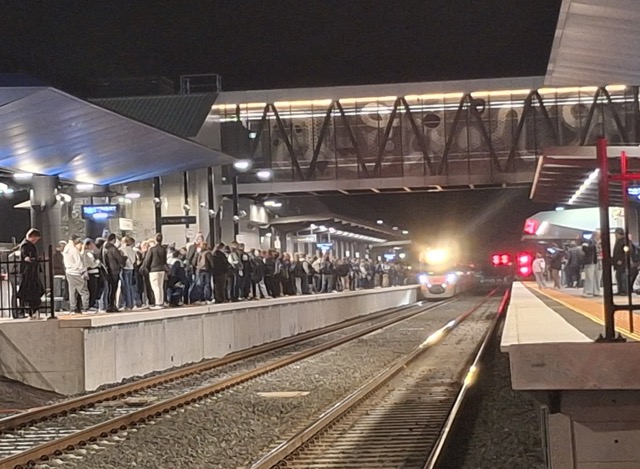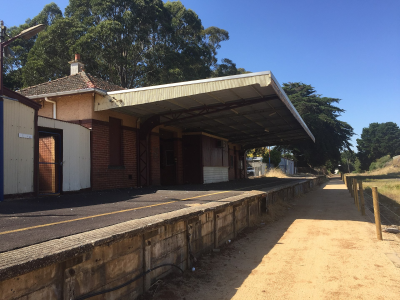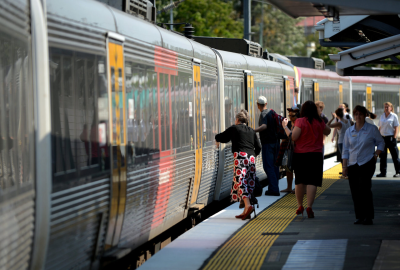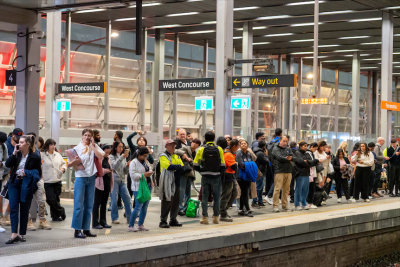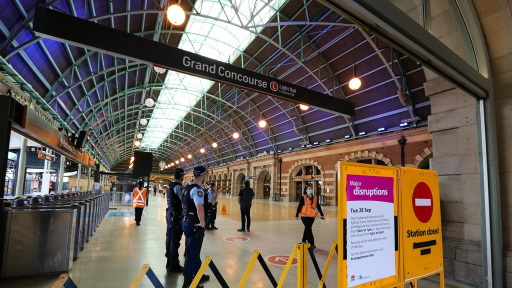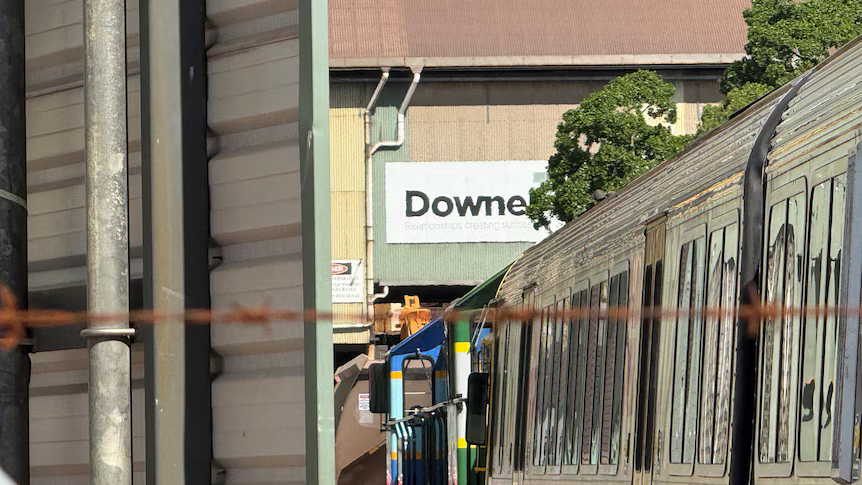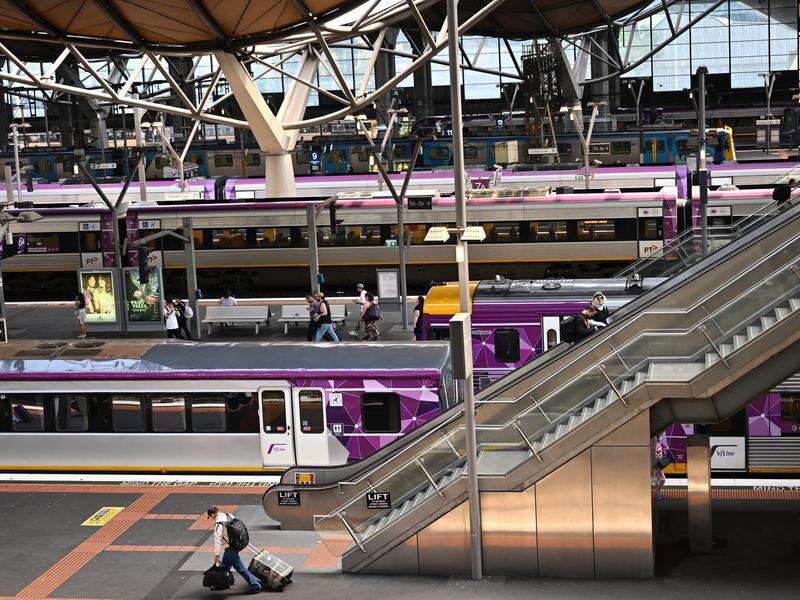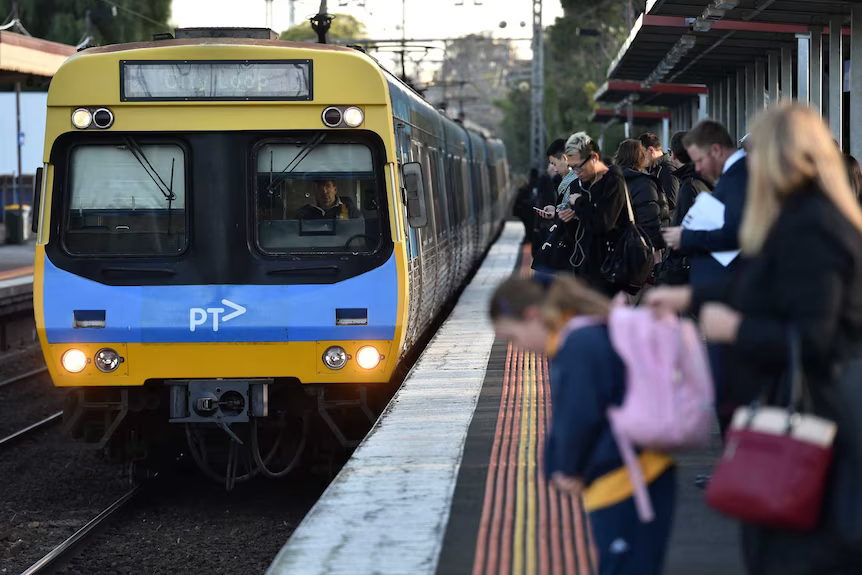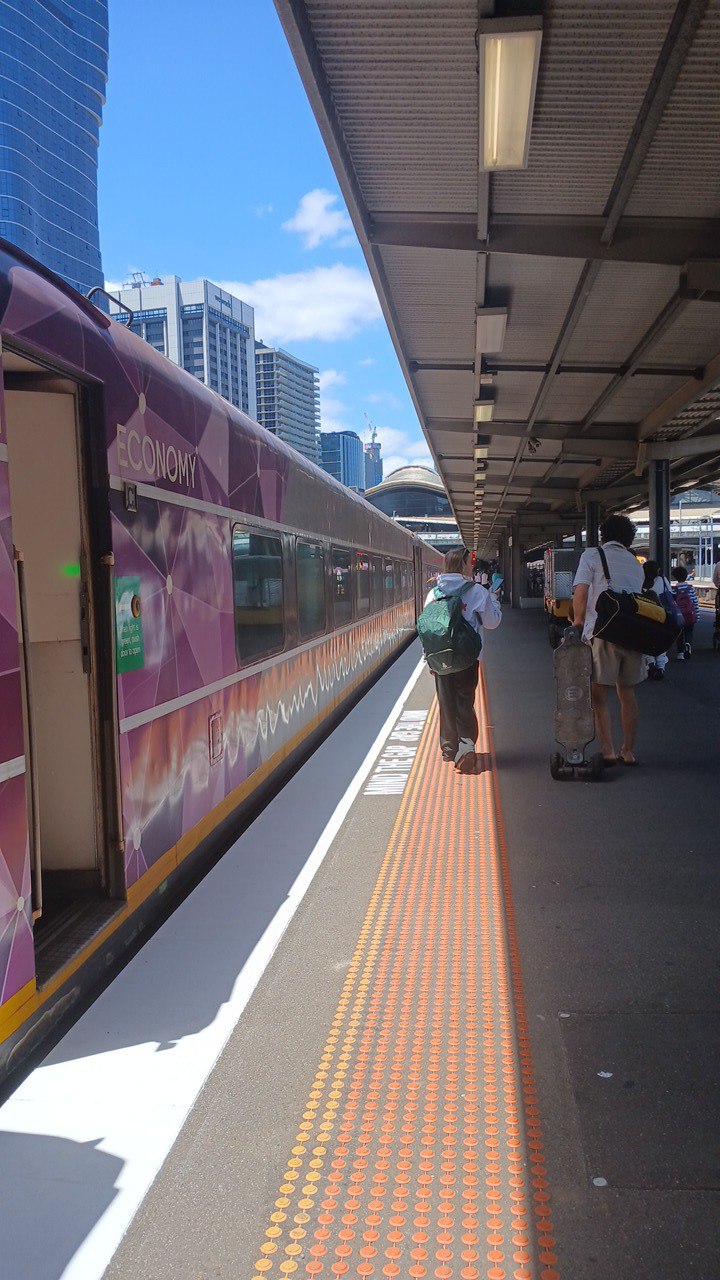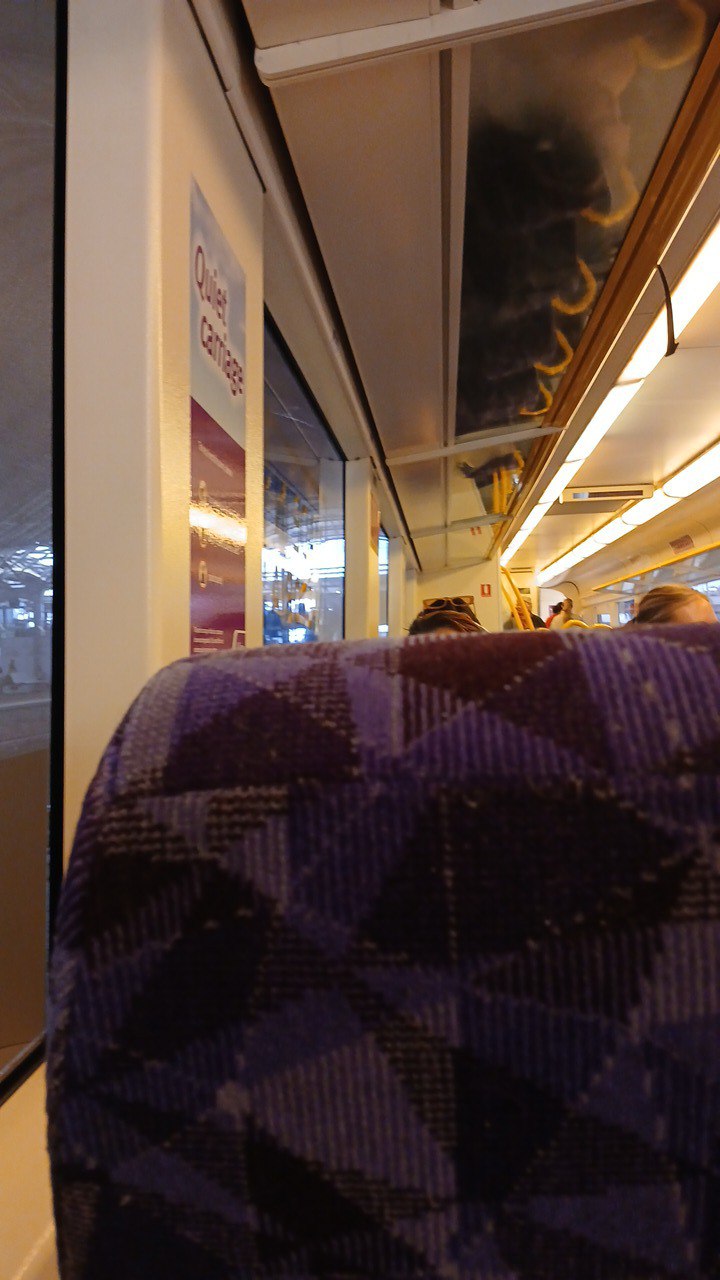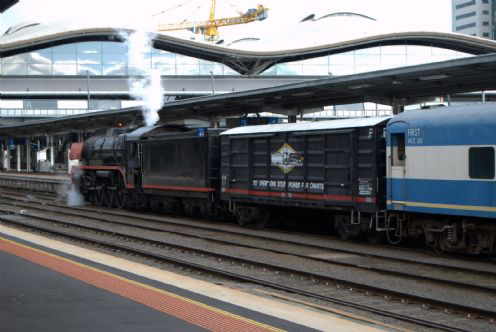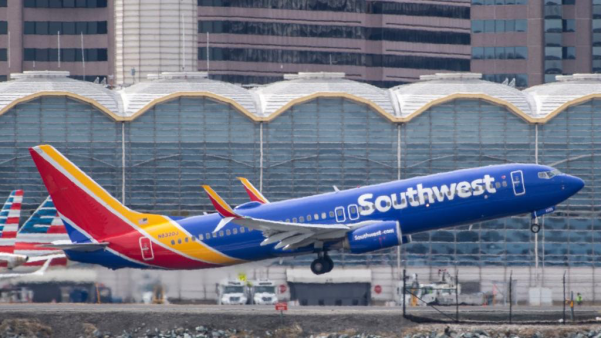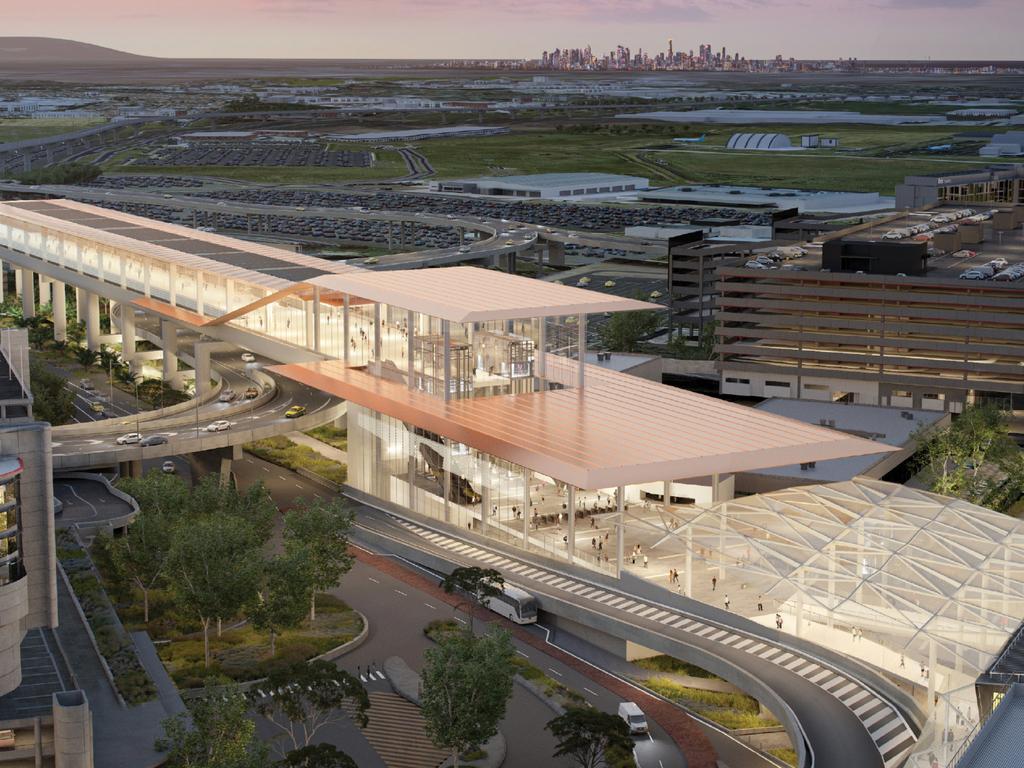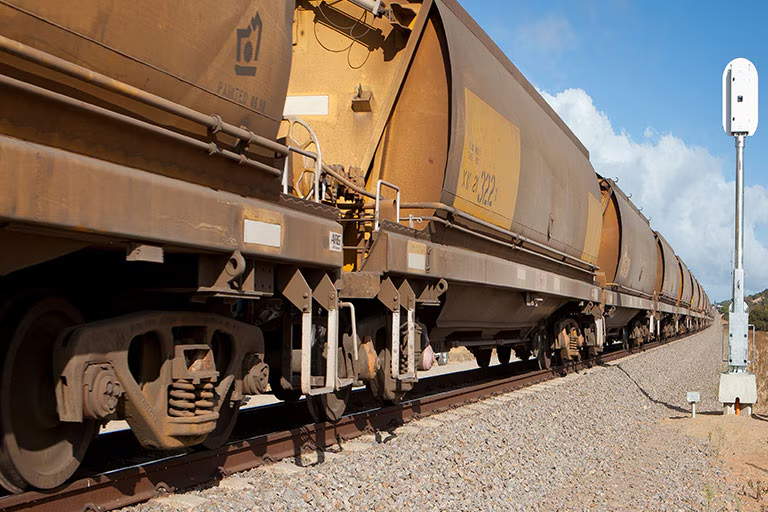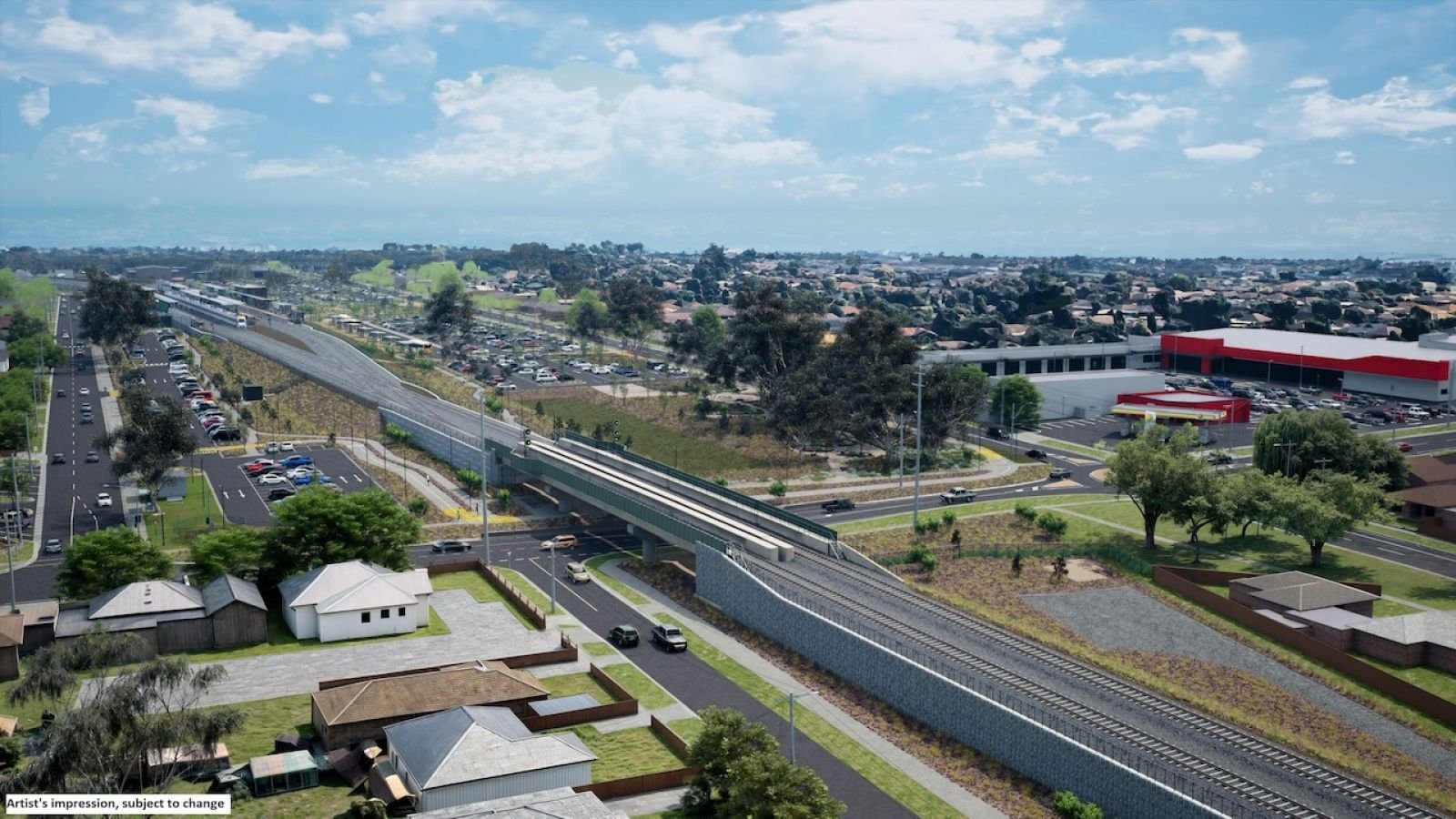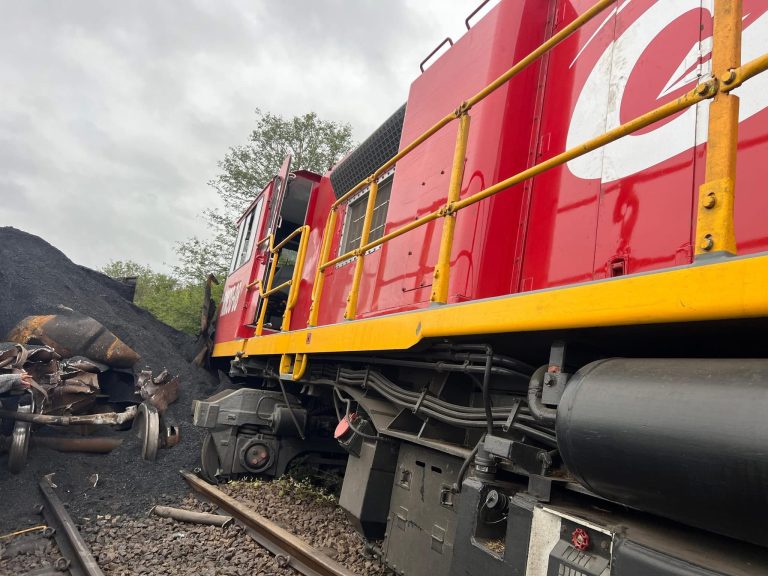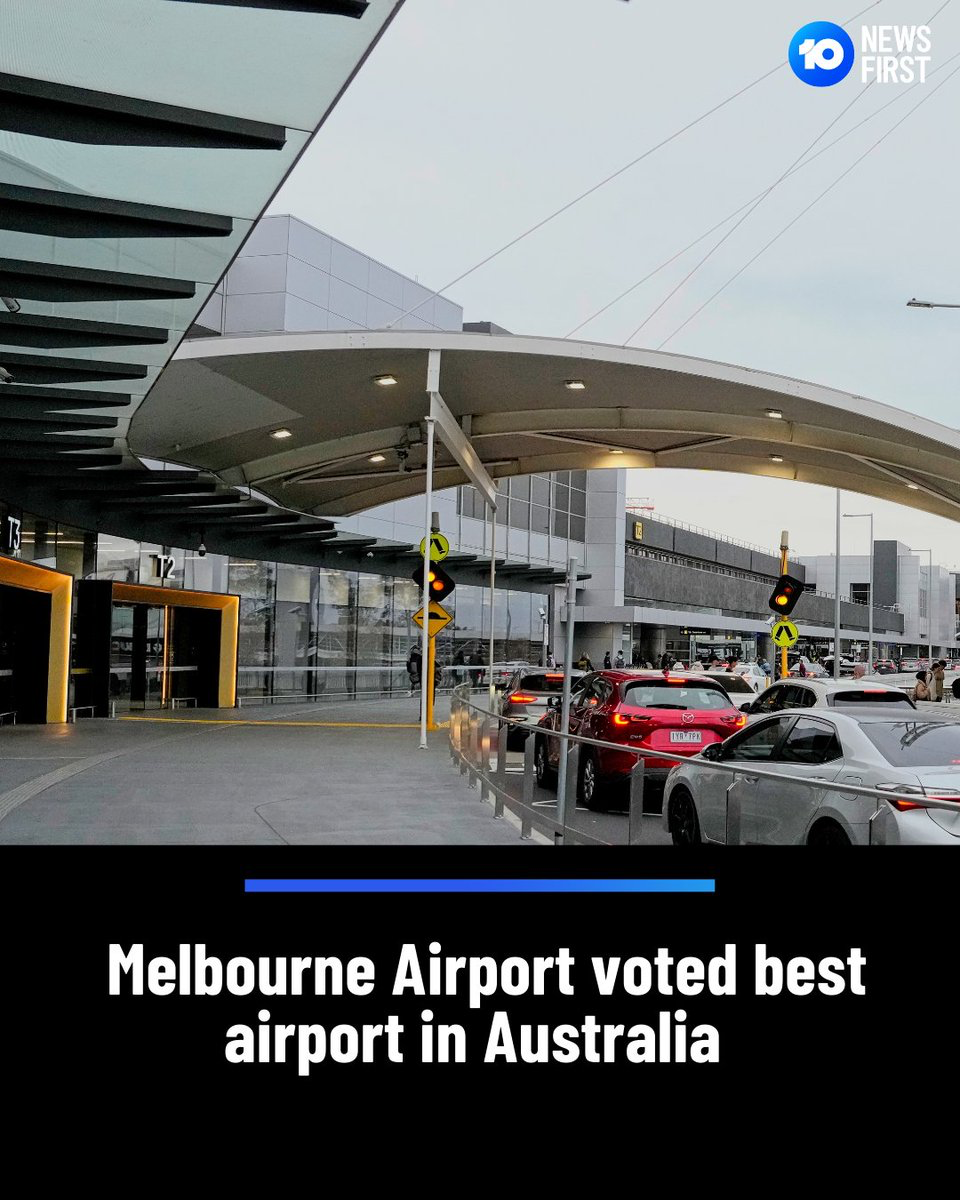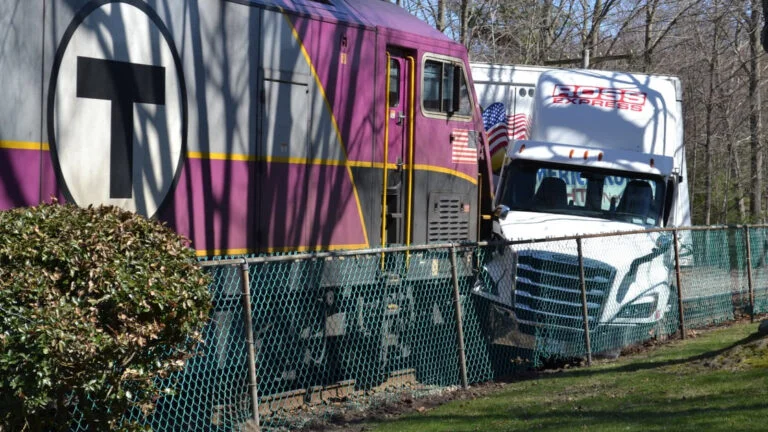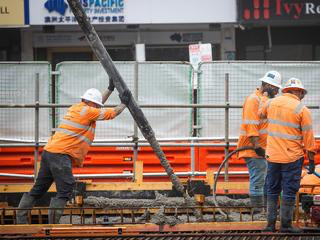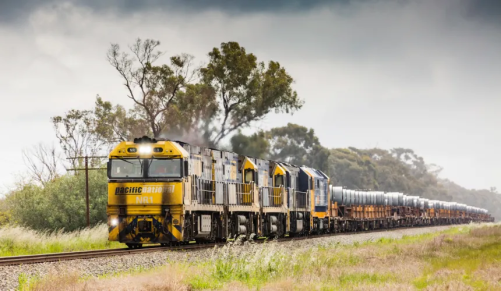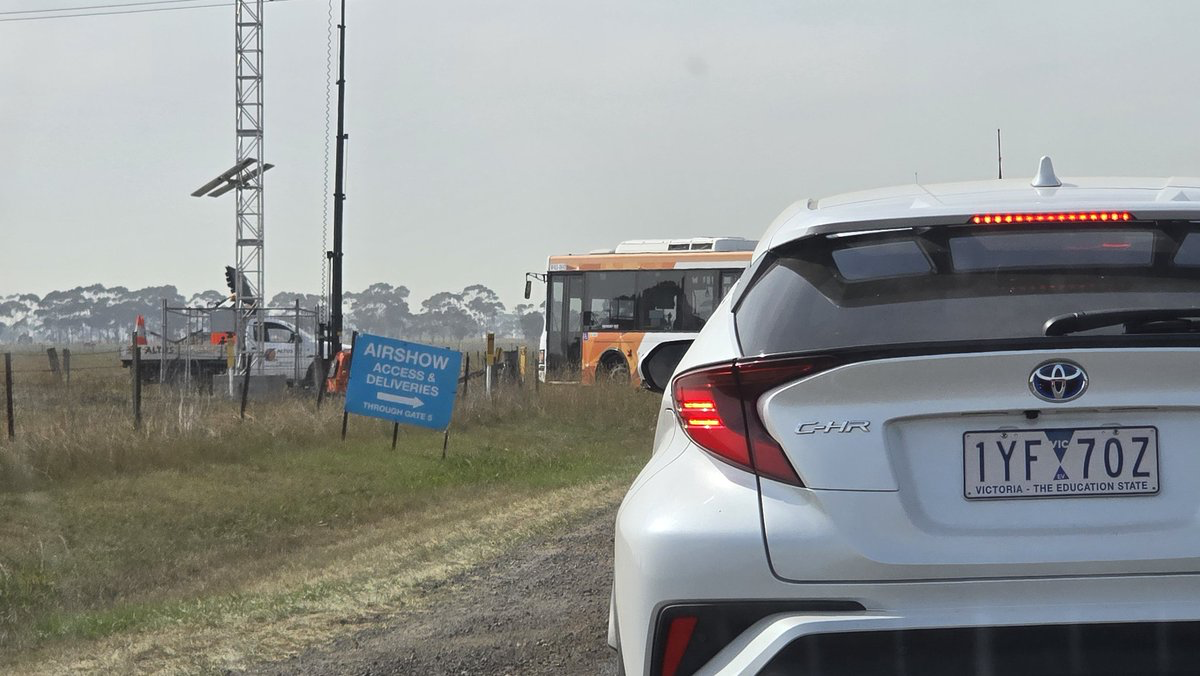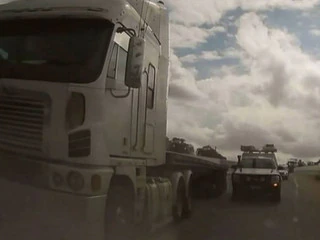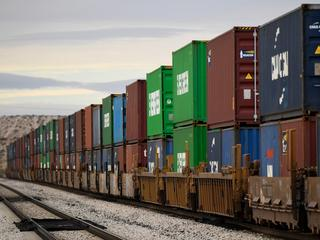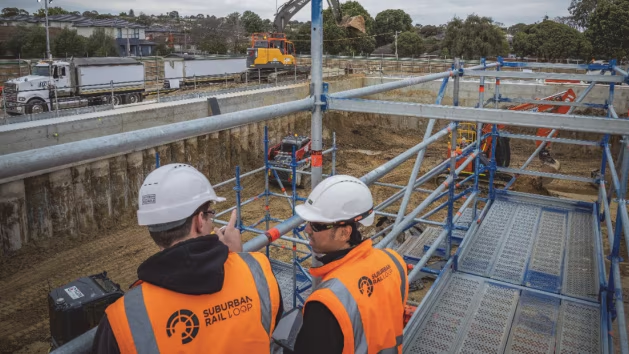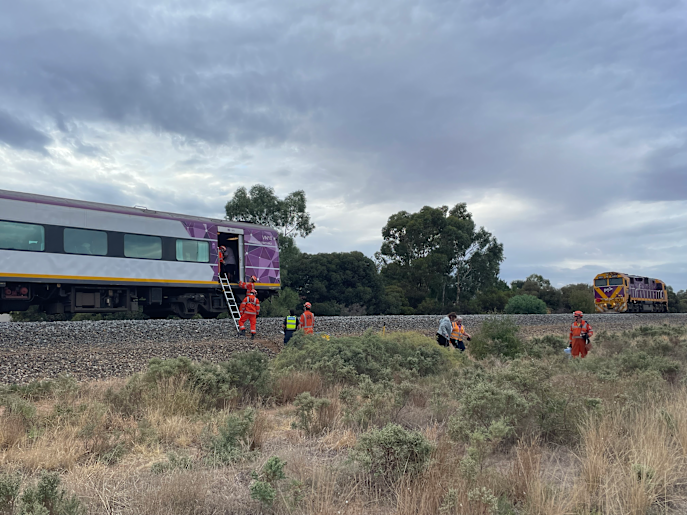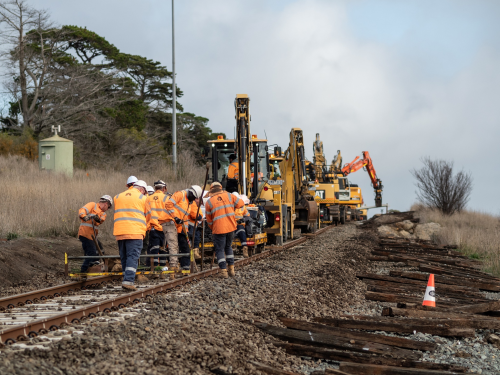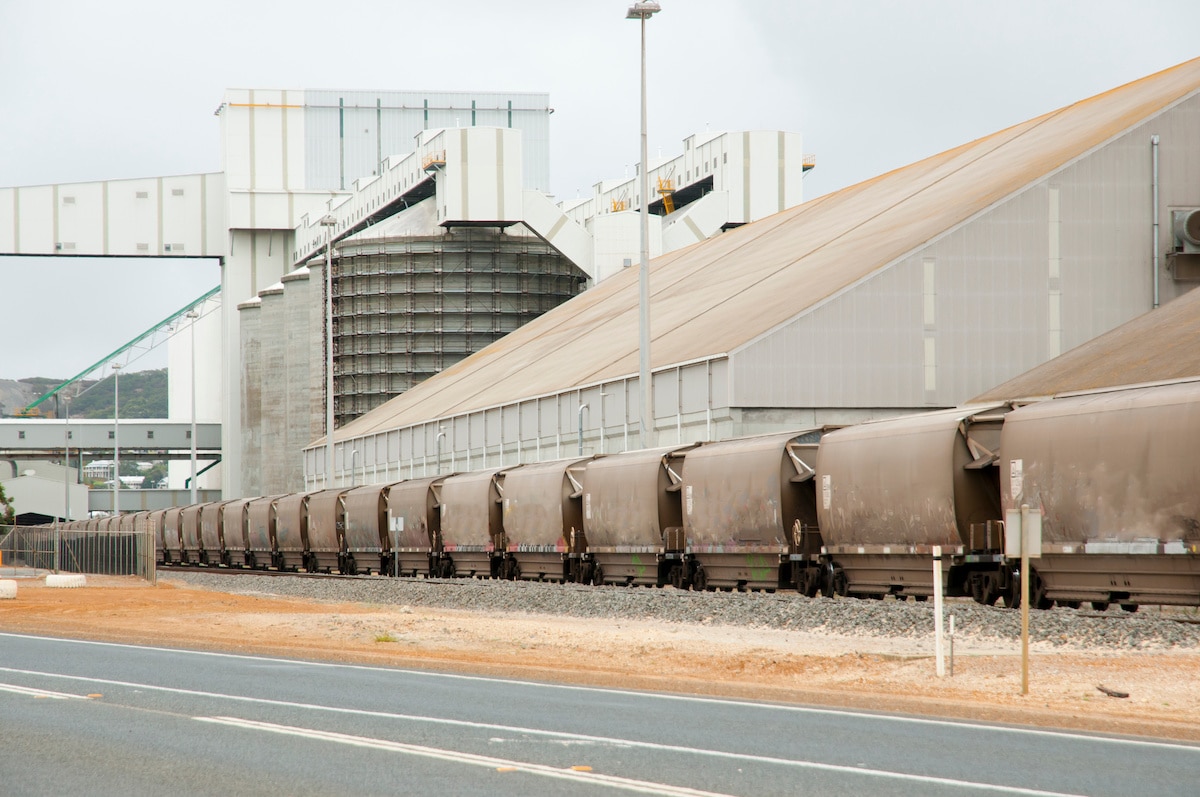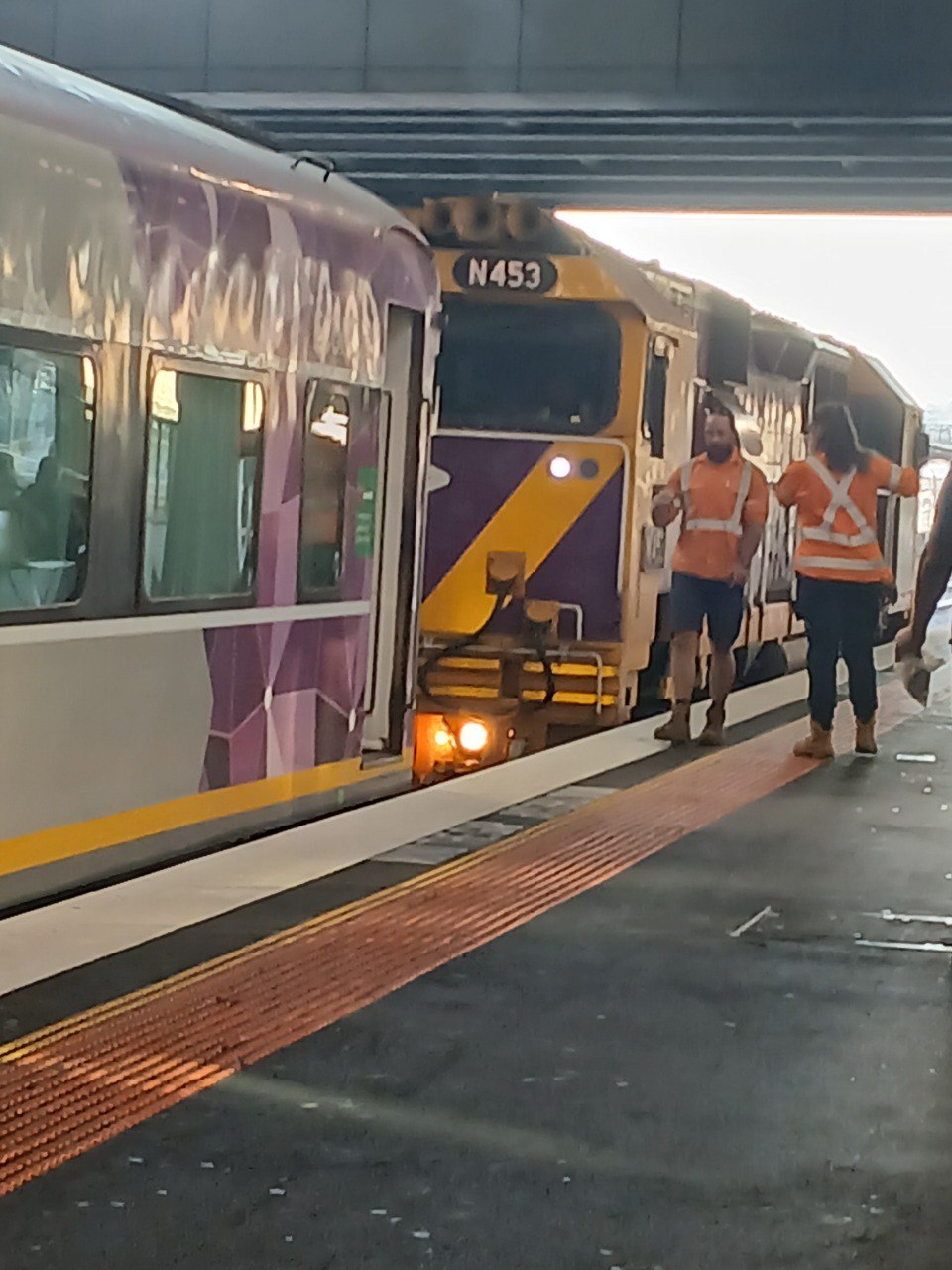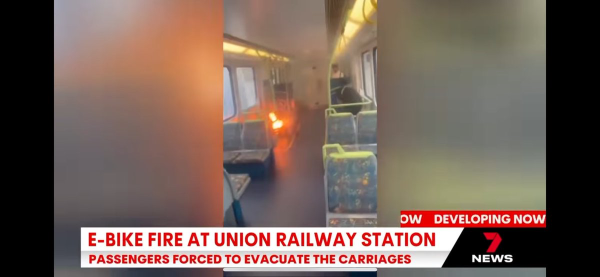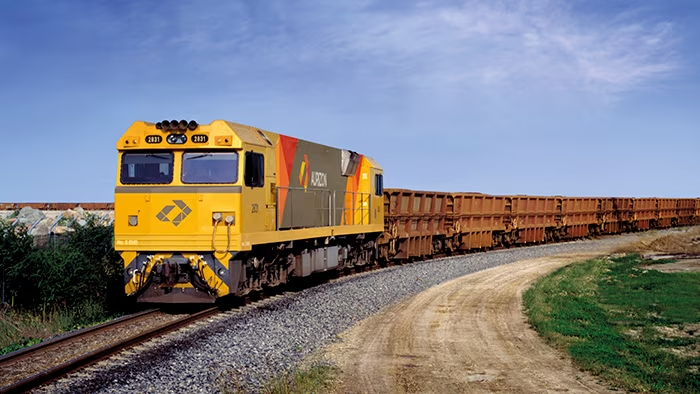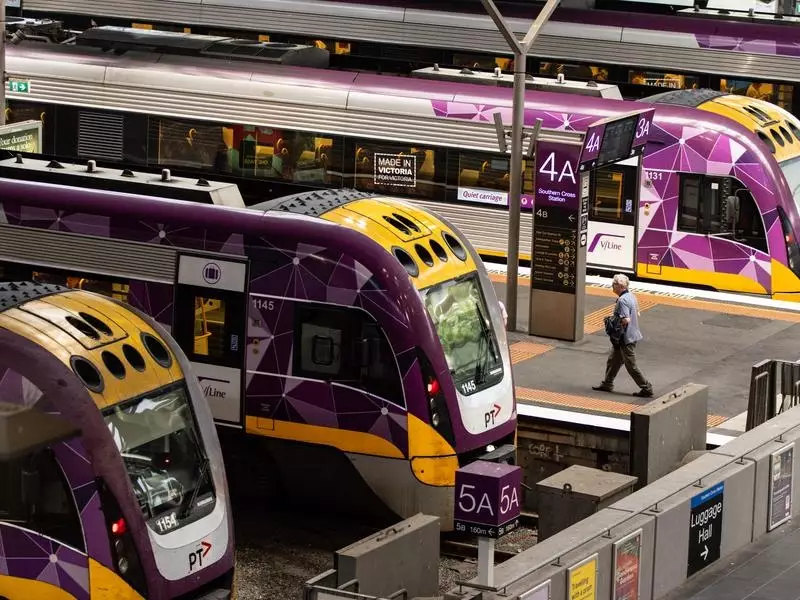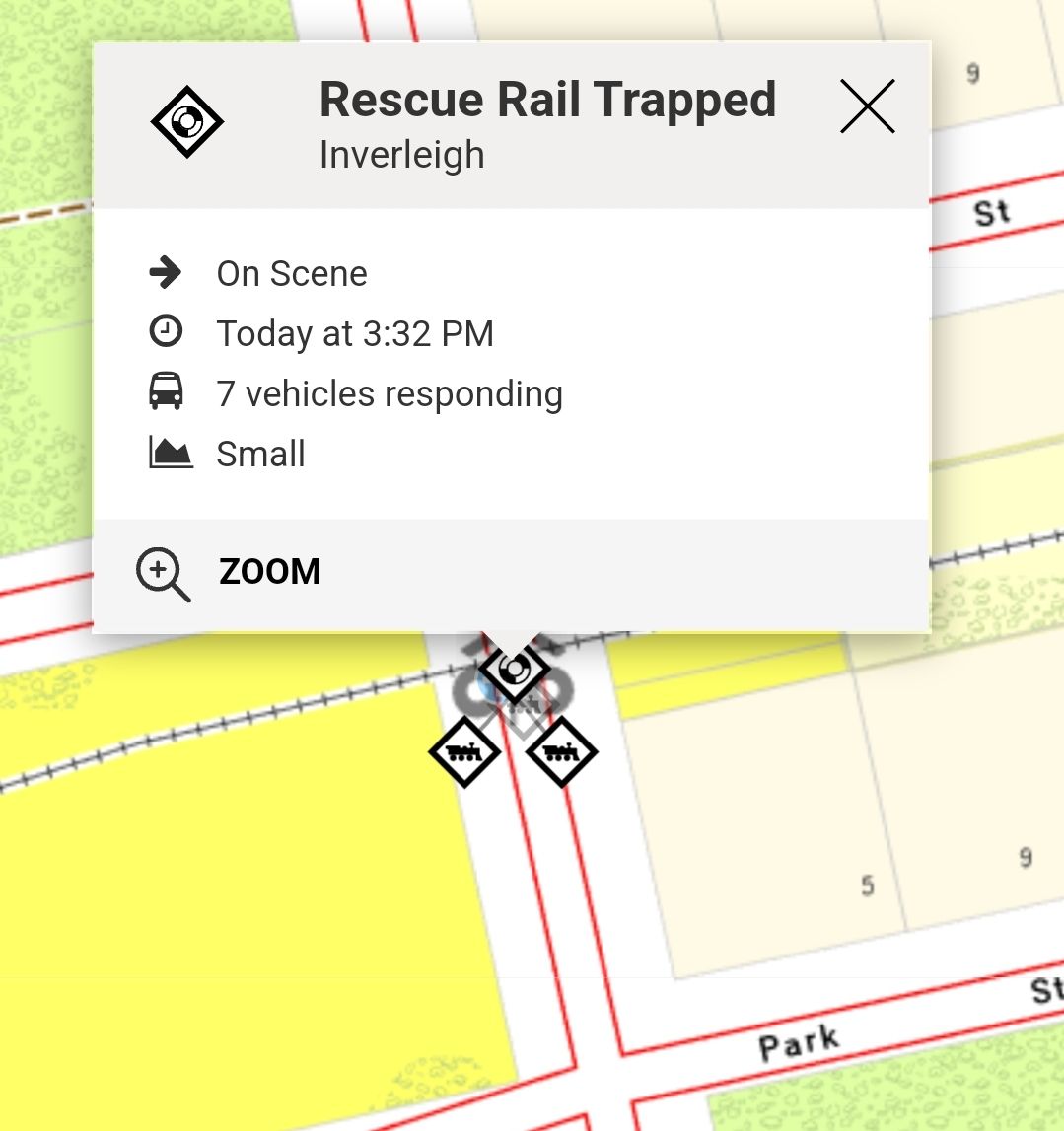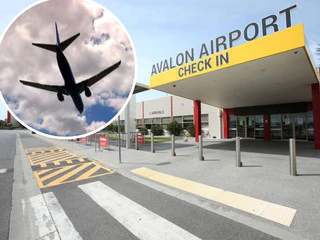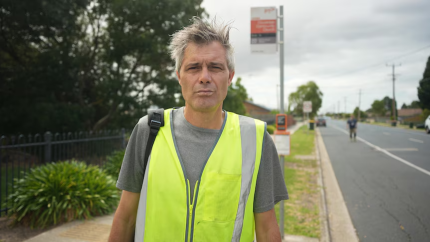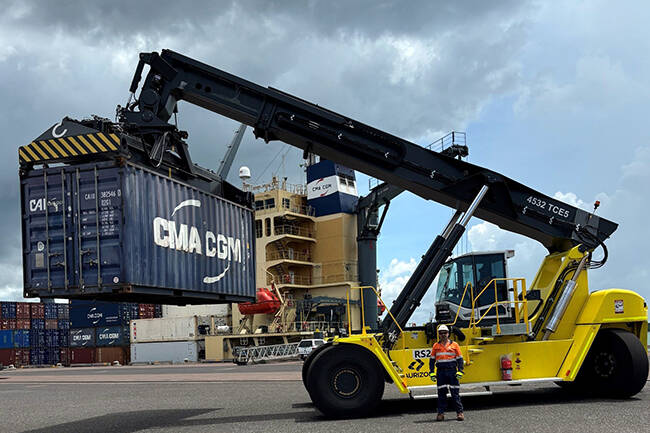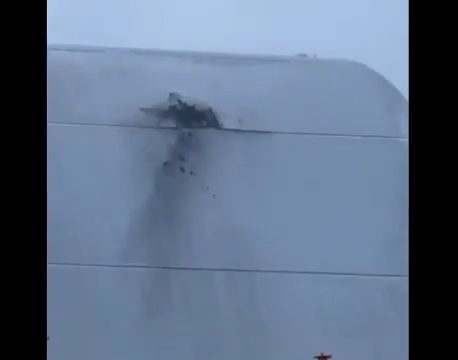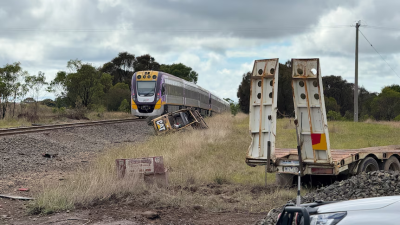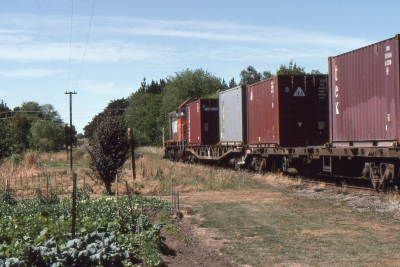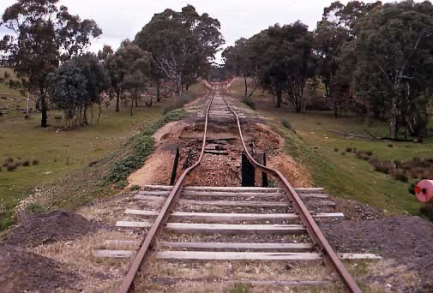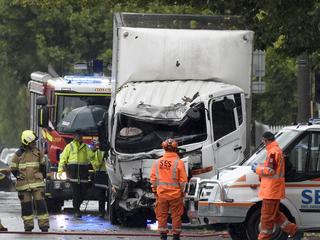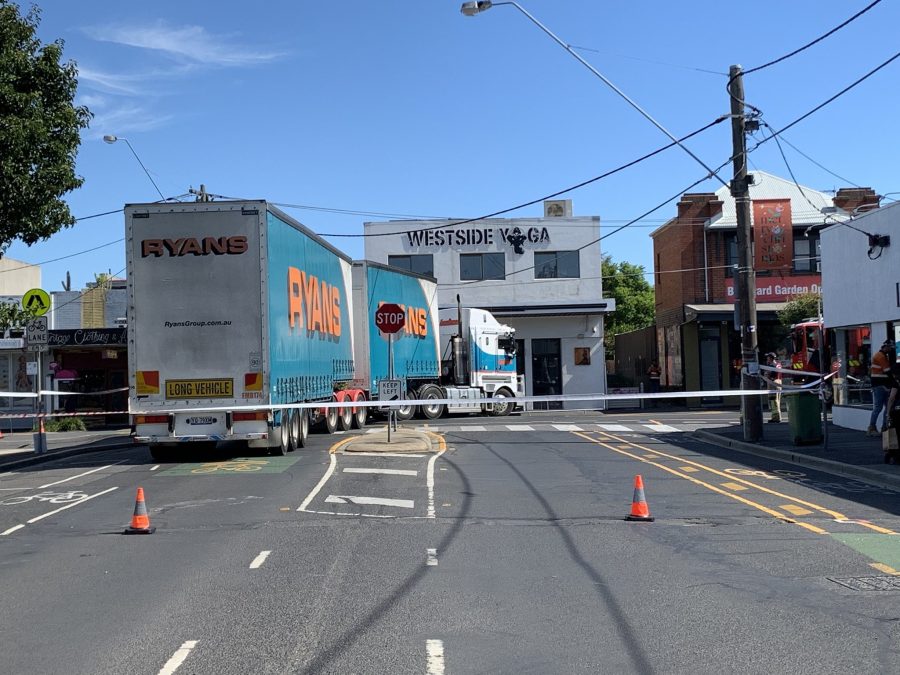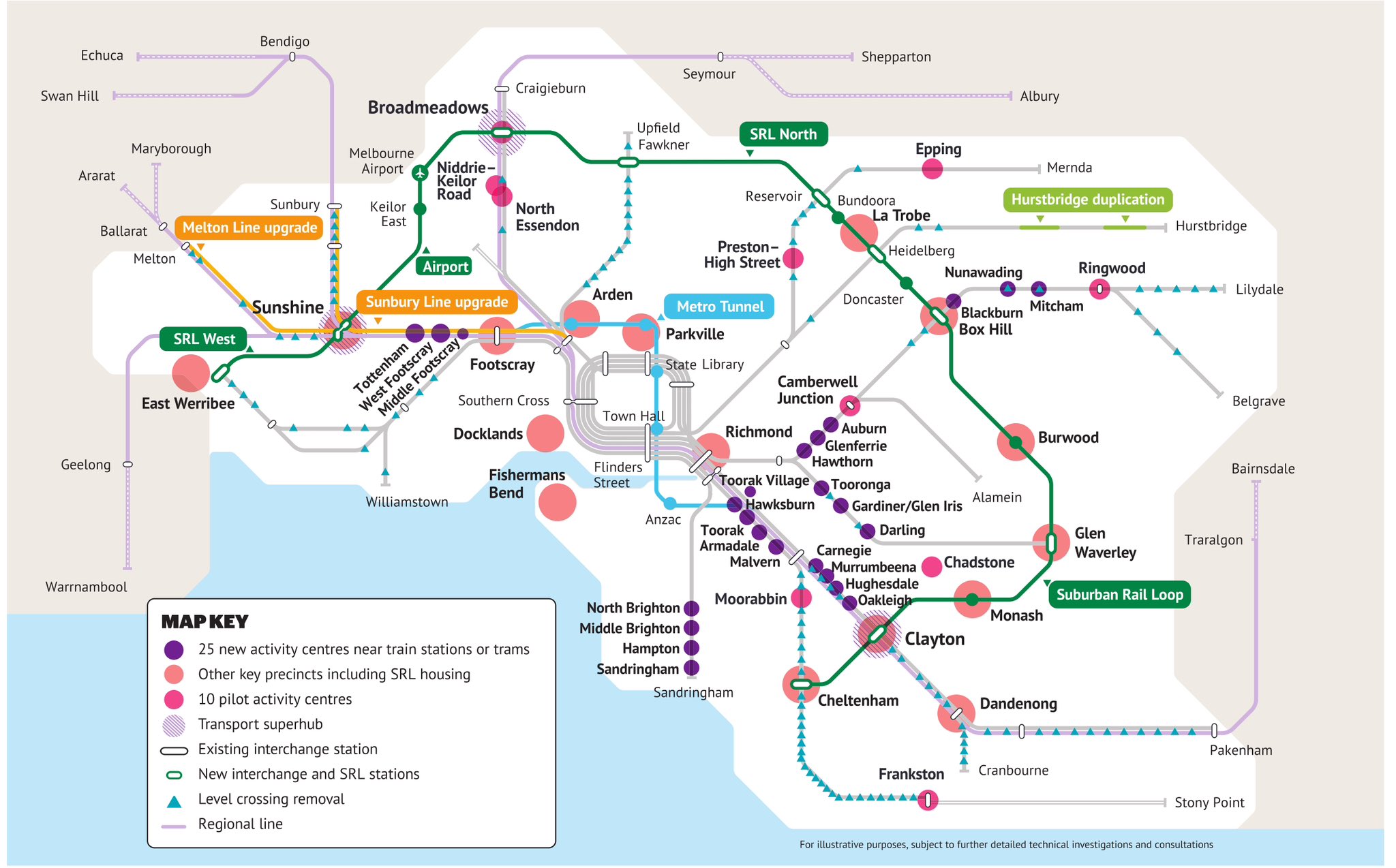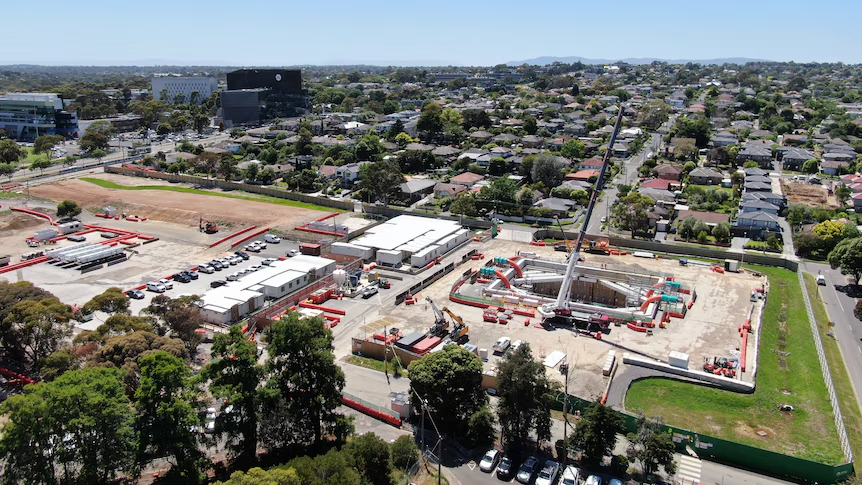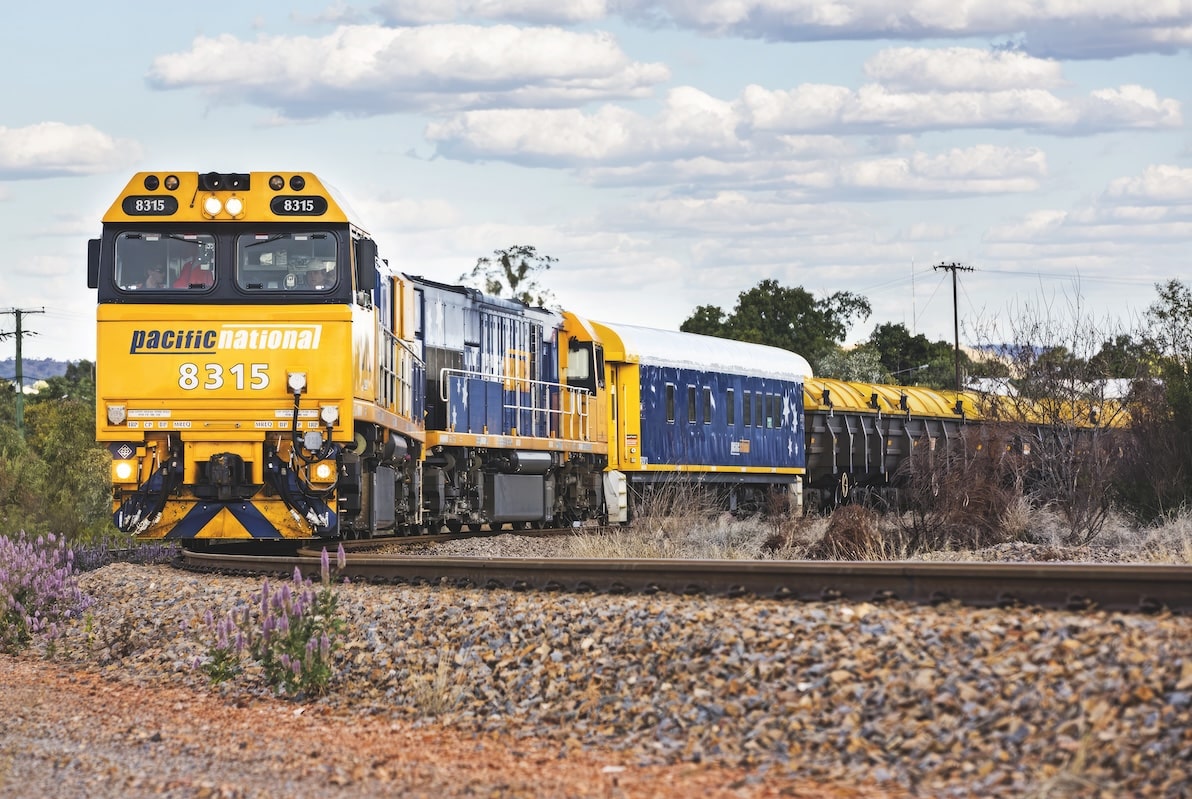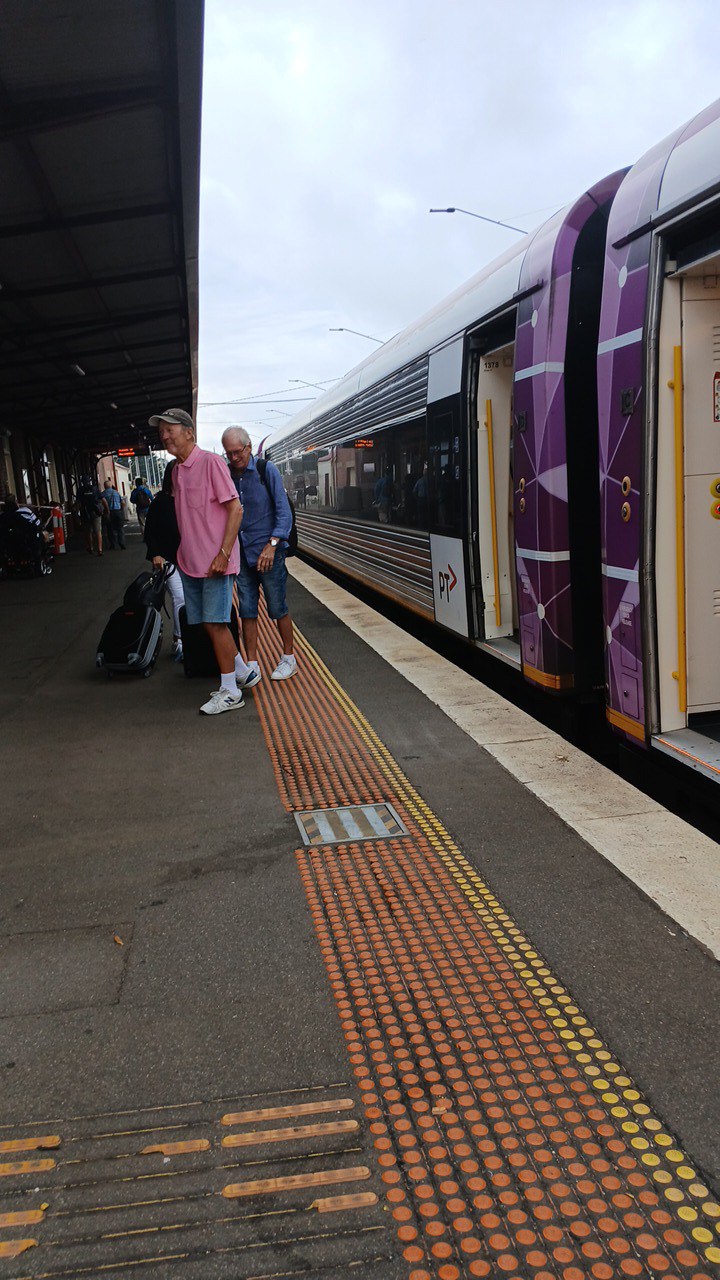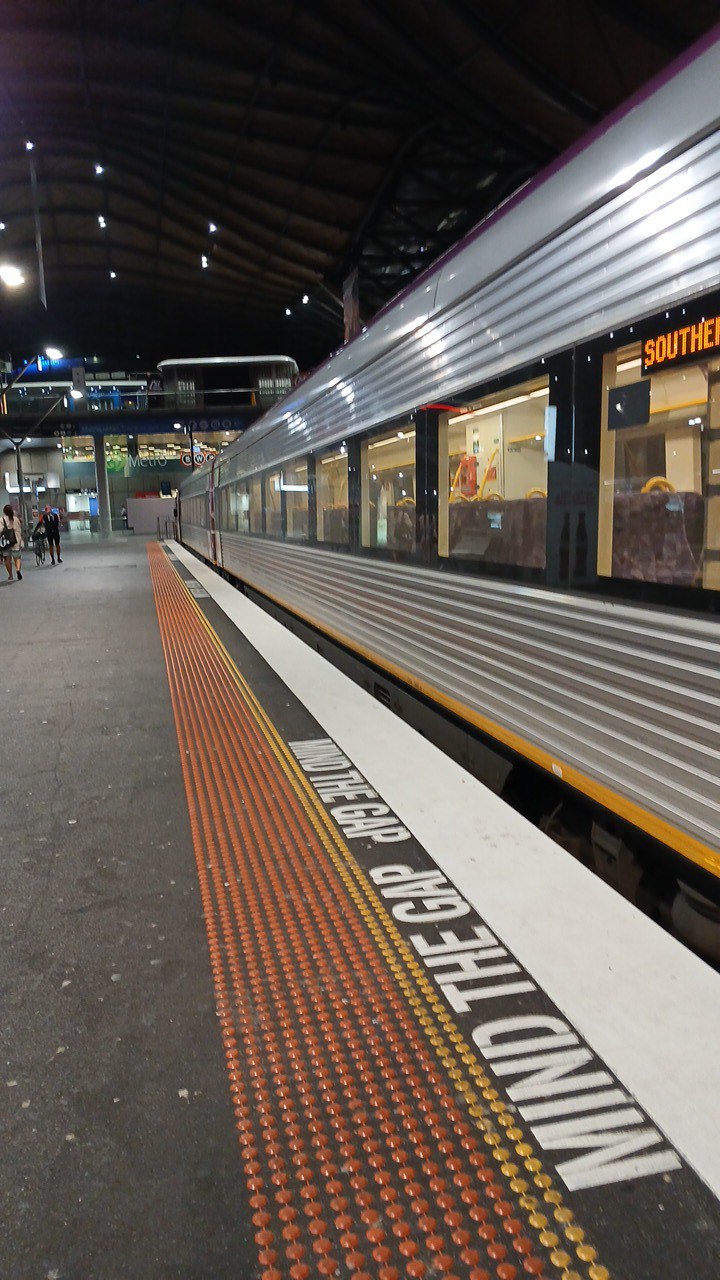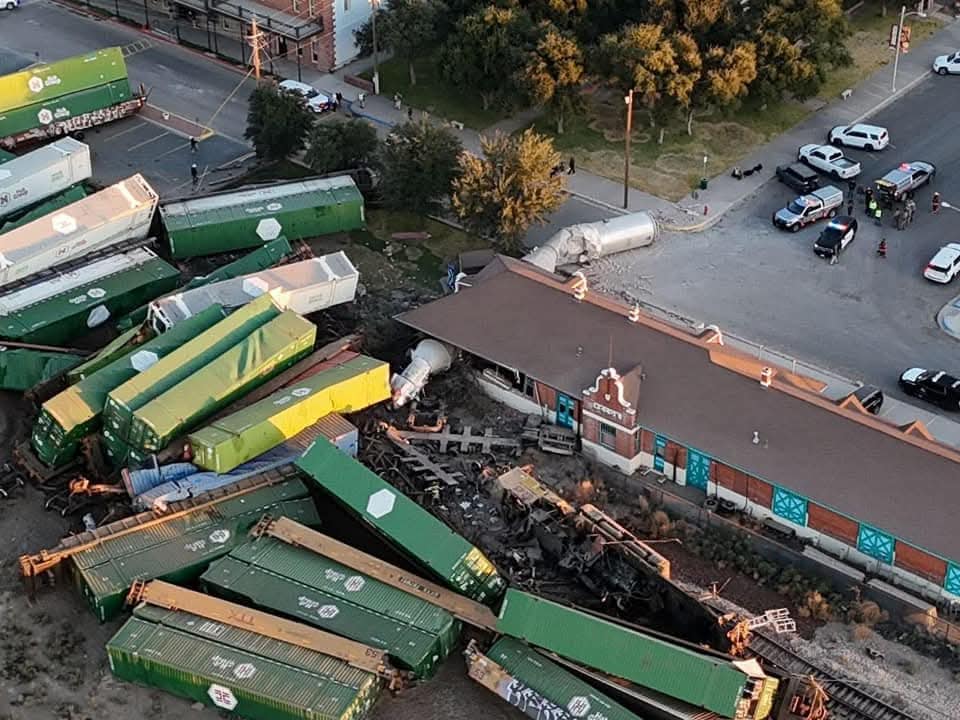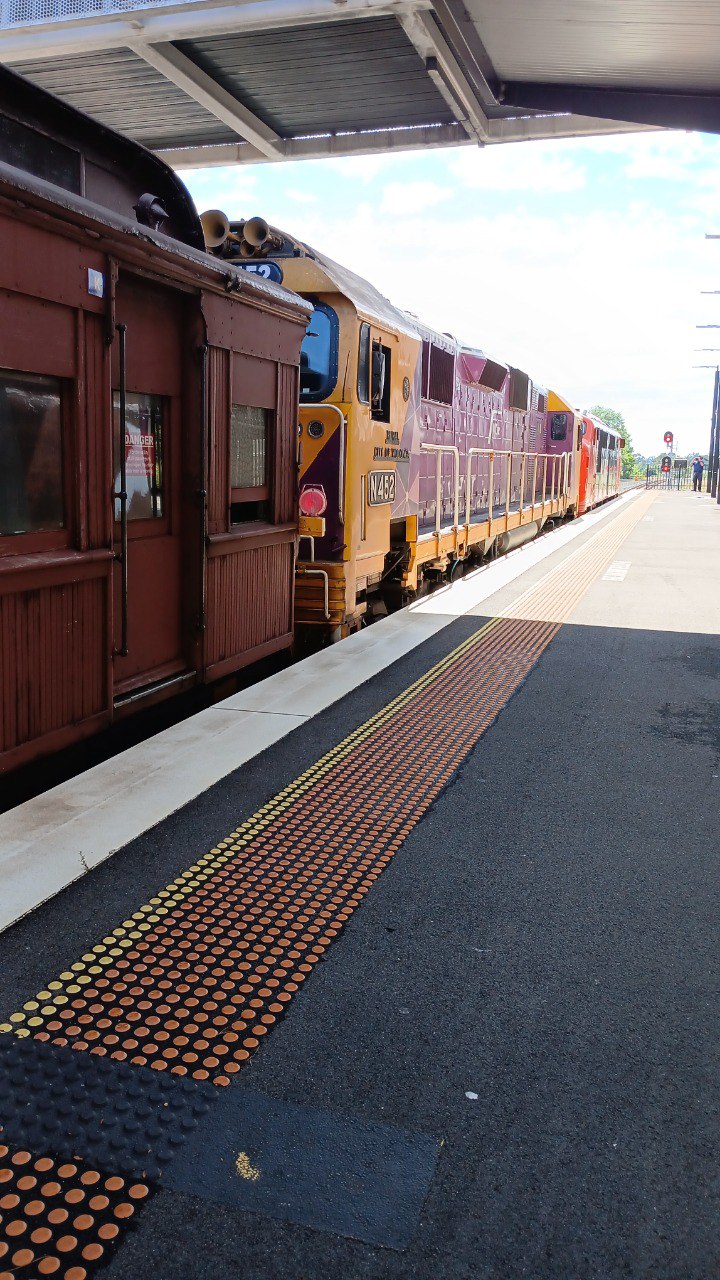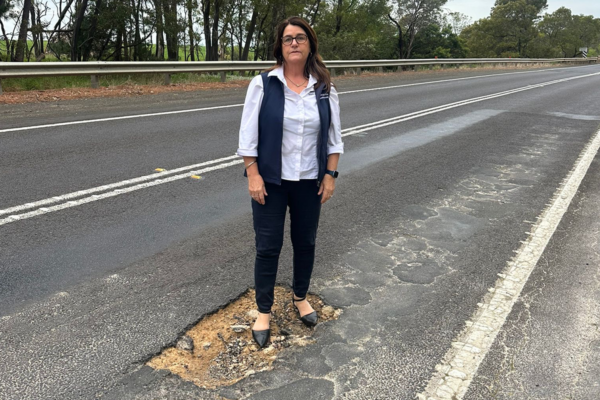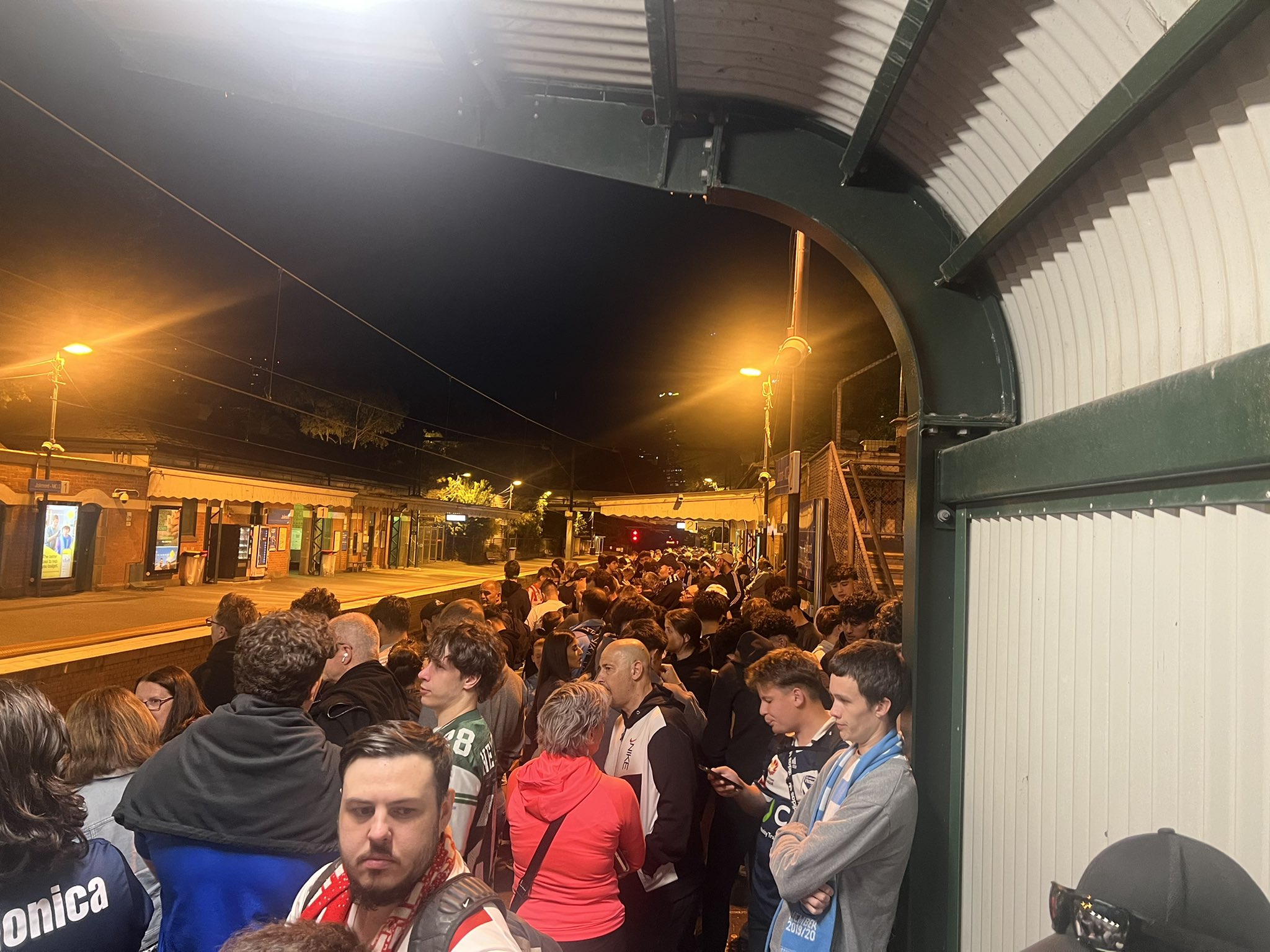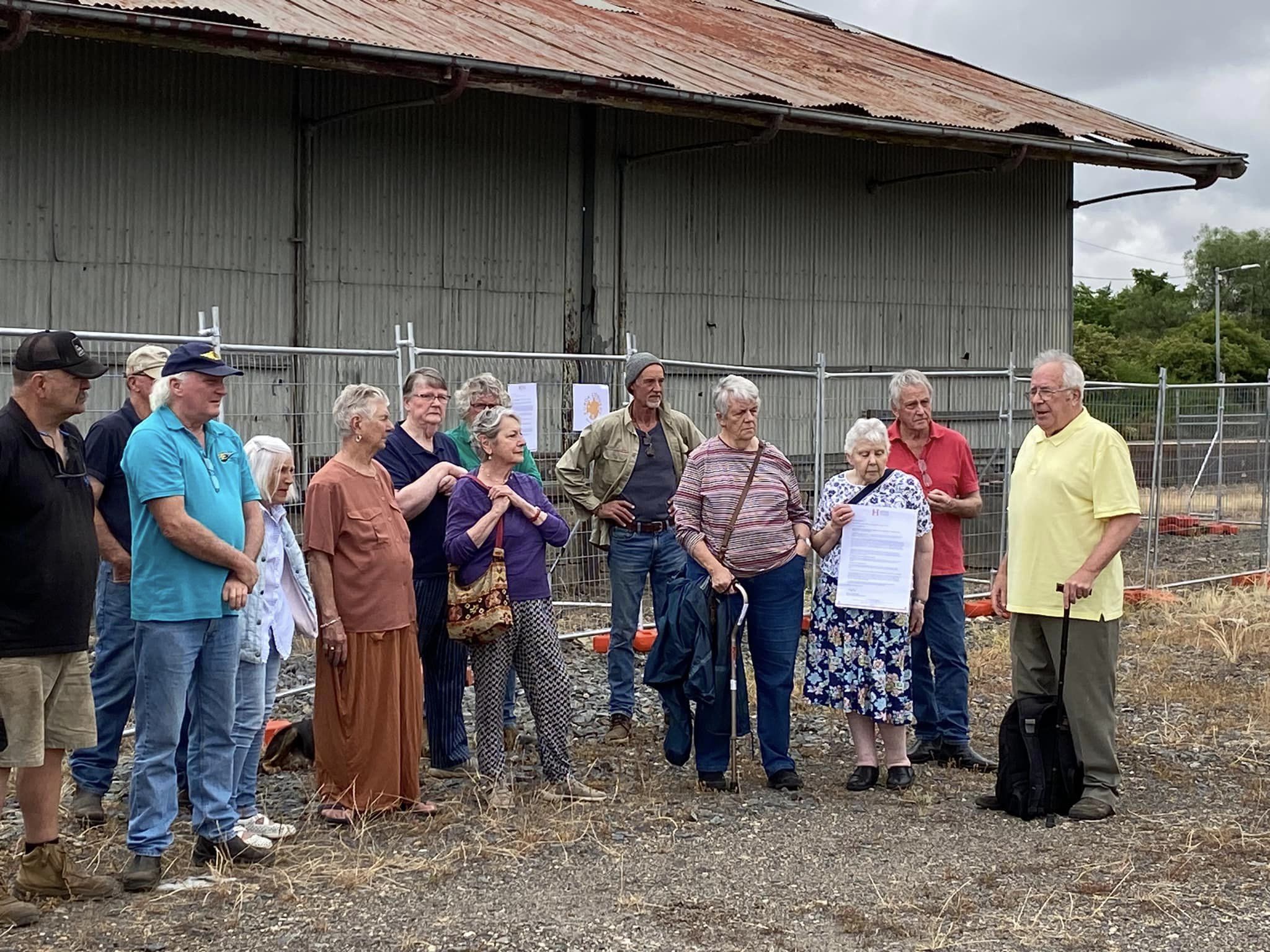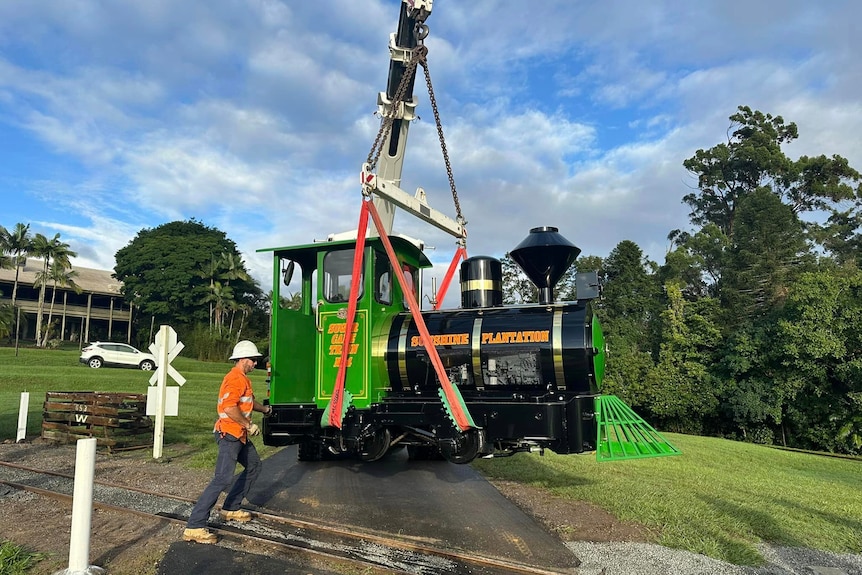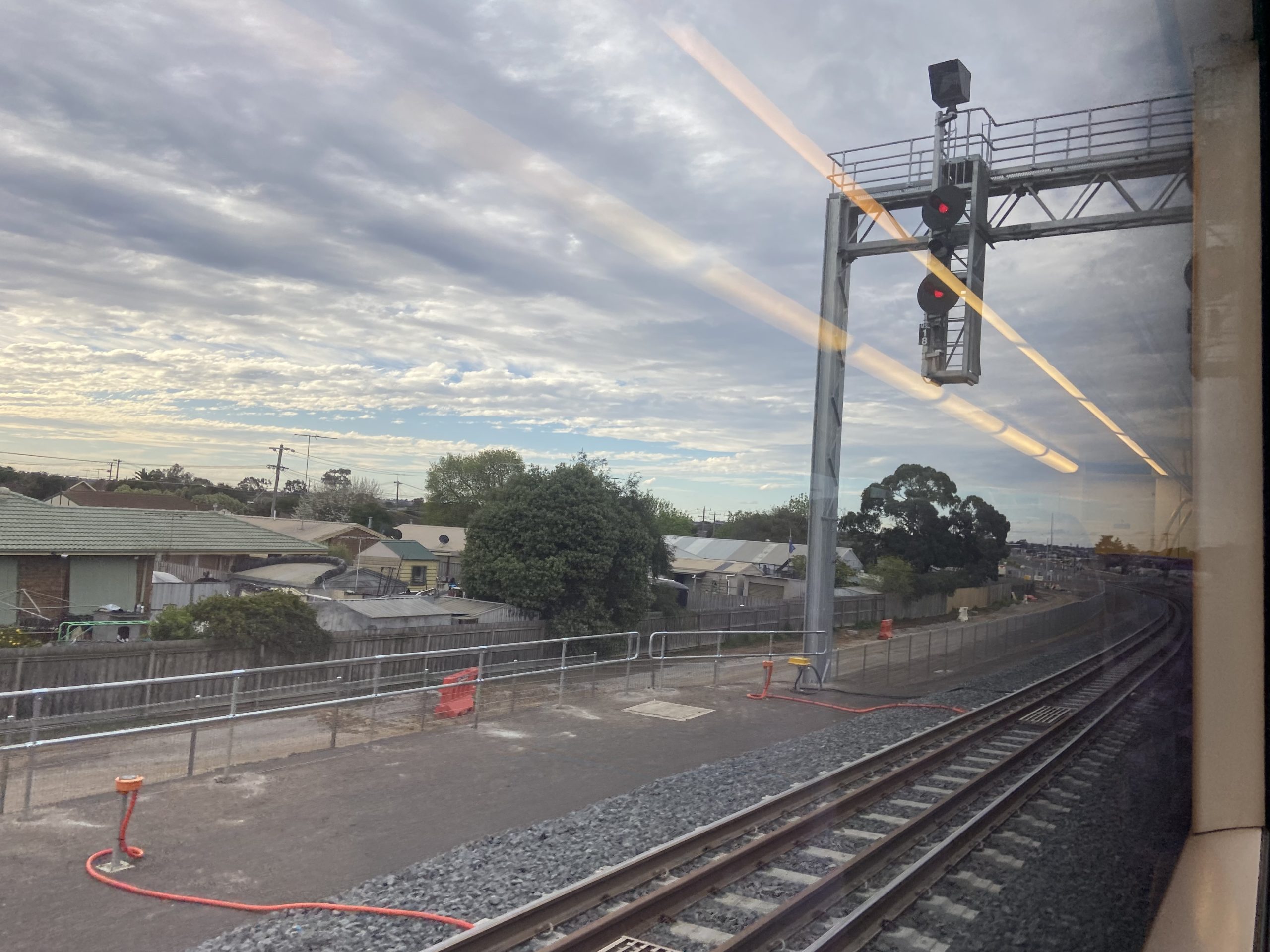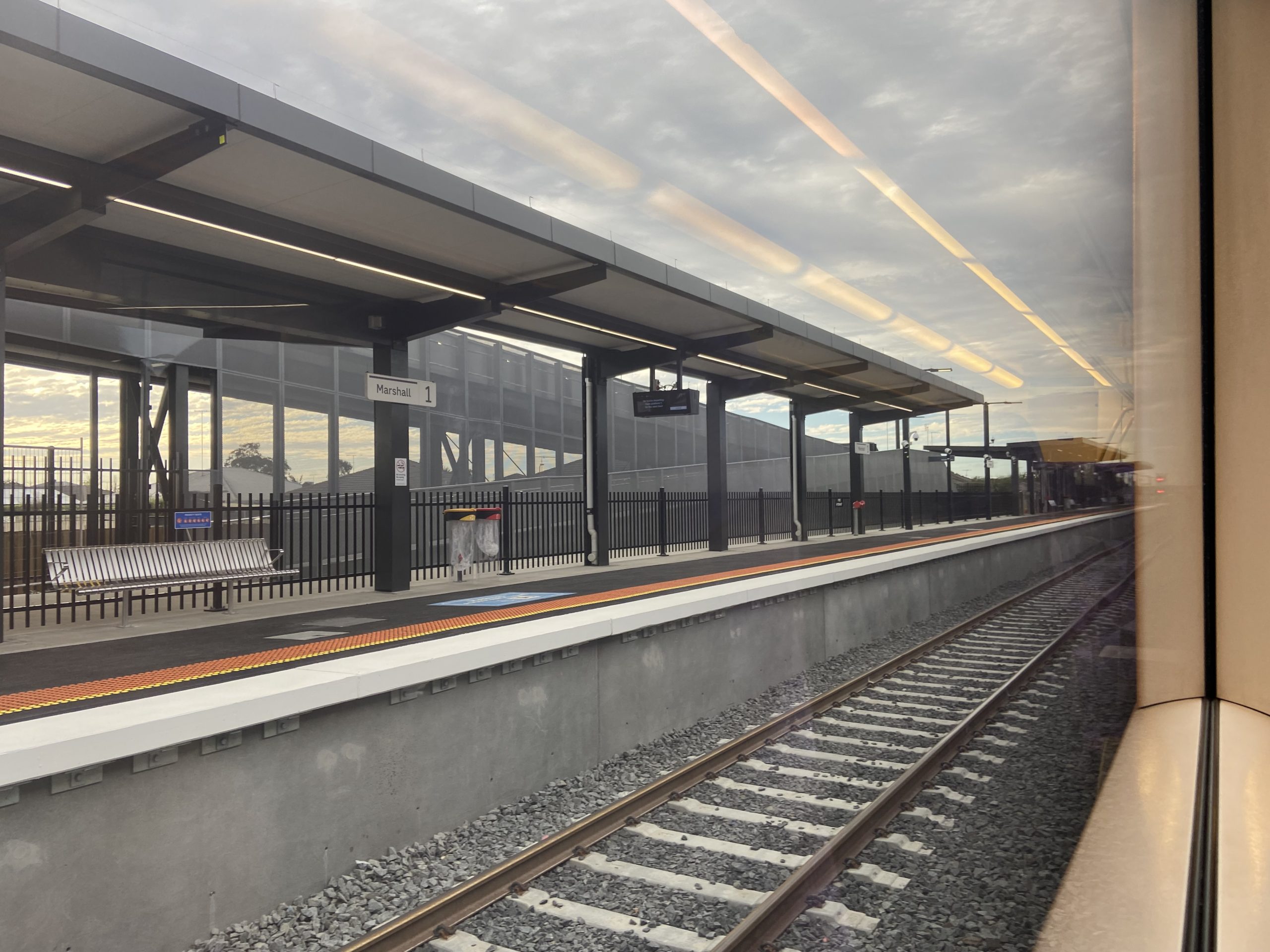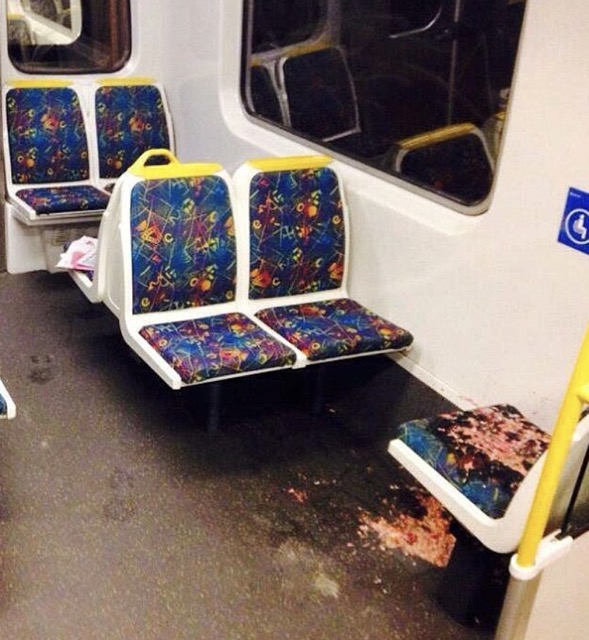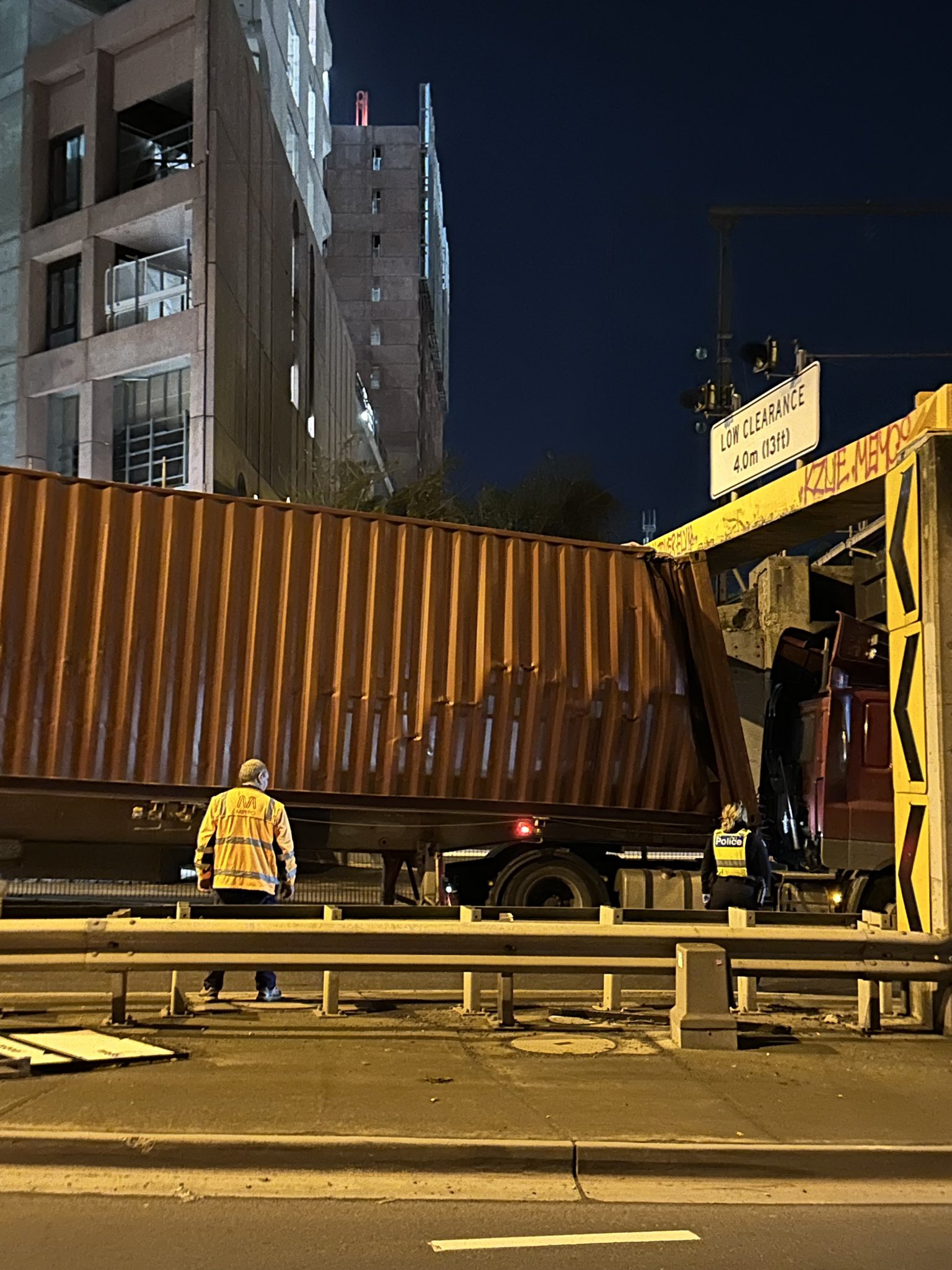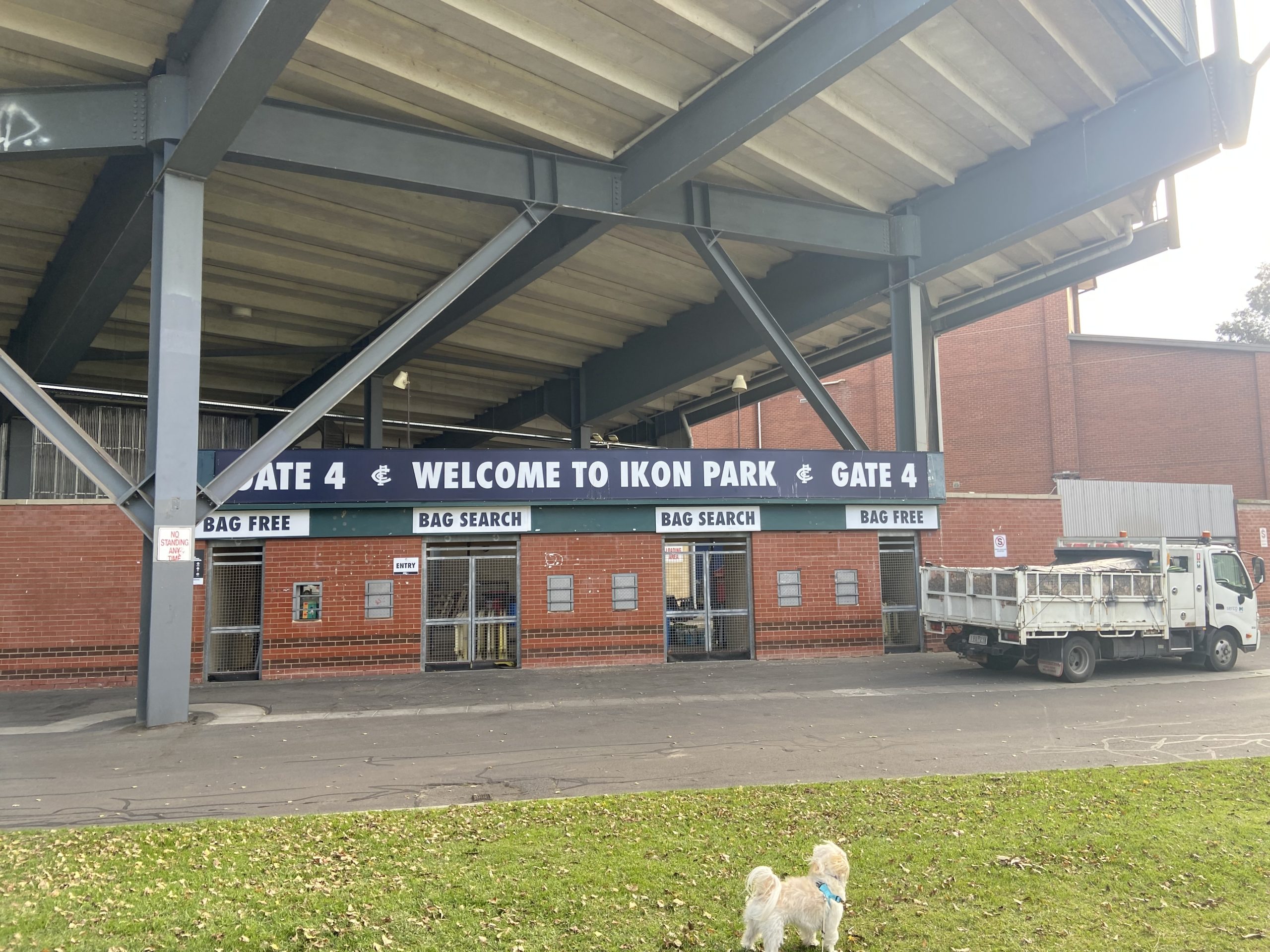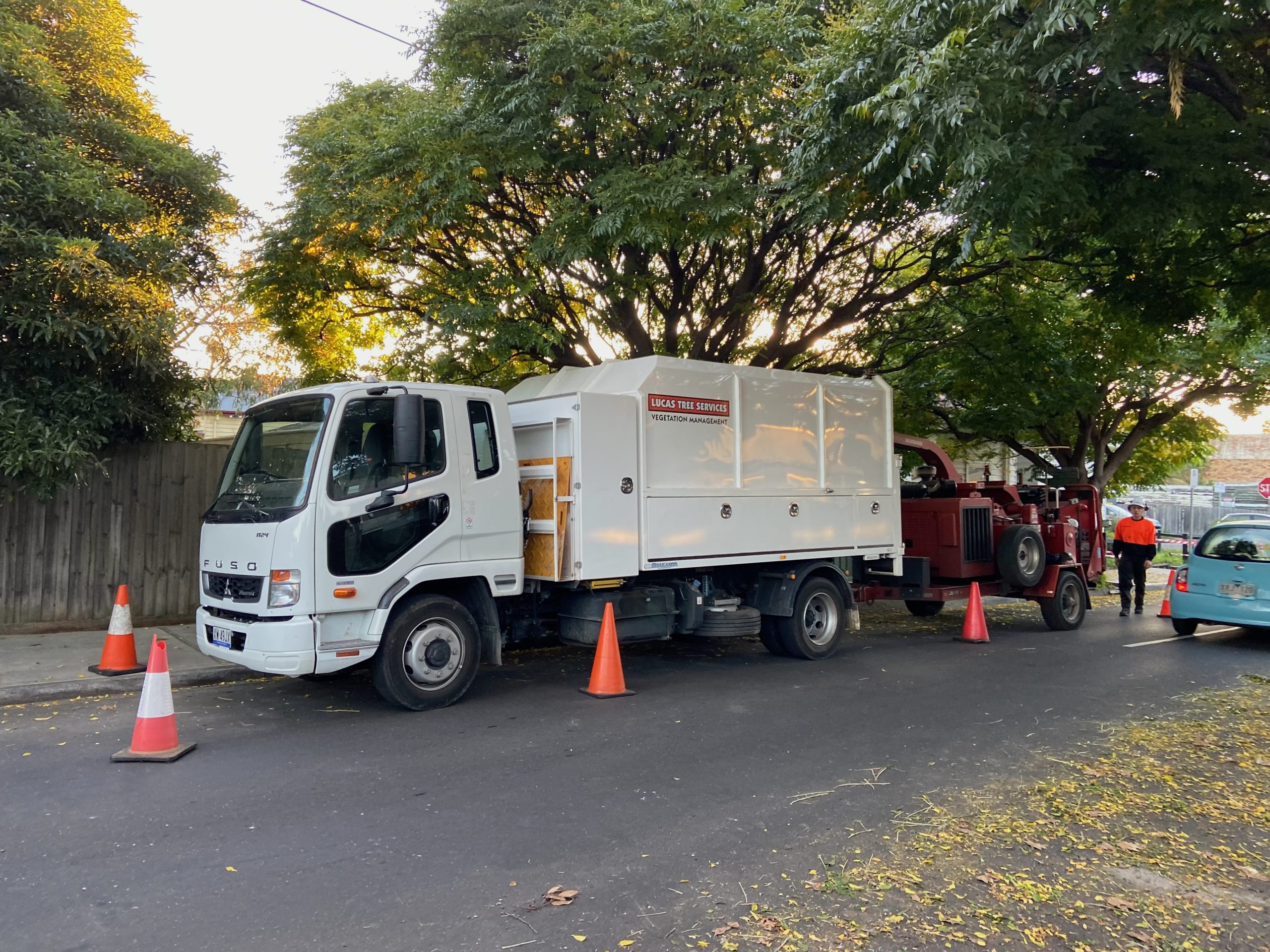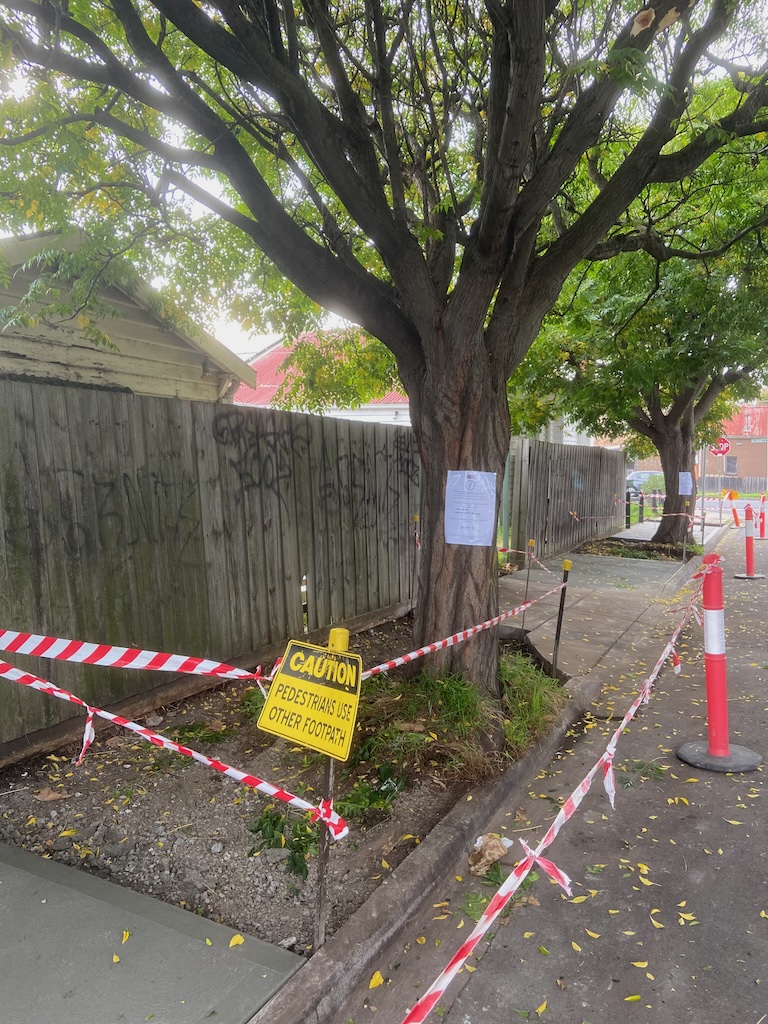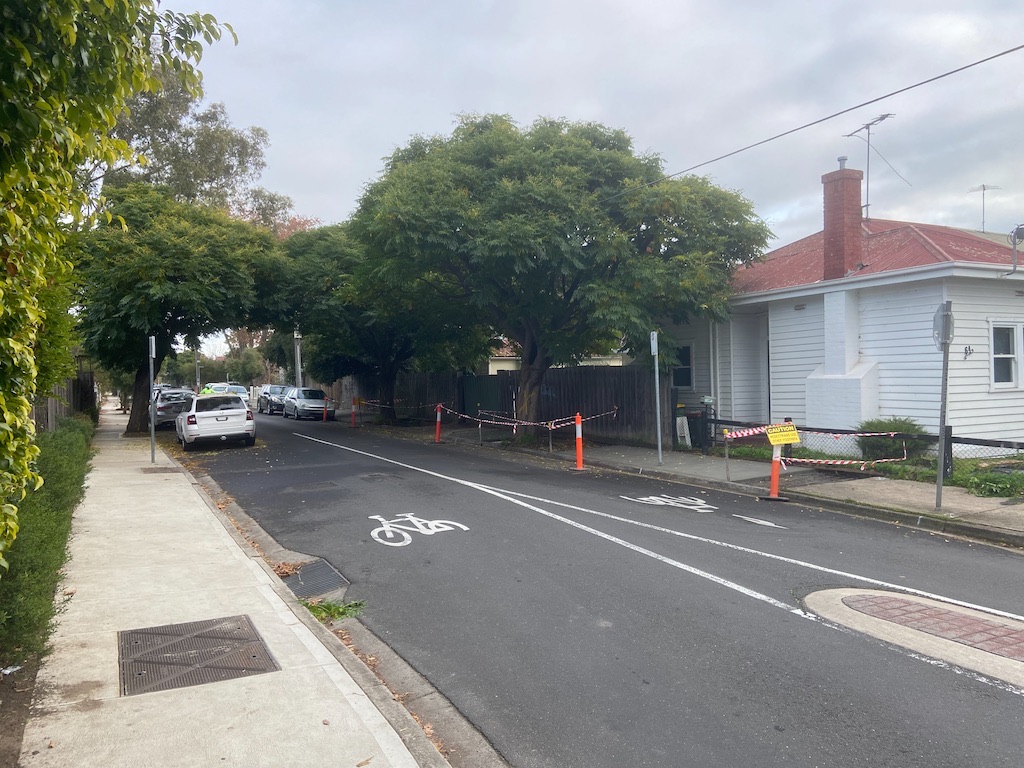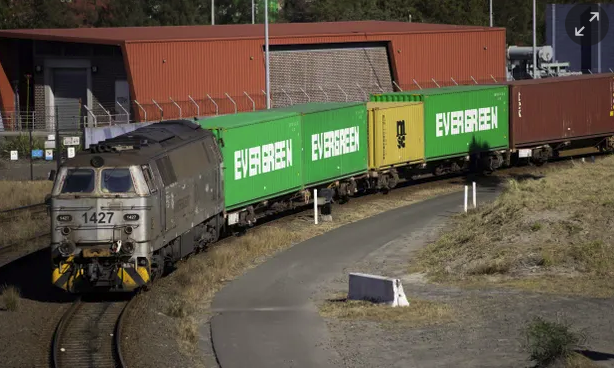Safety performance on the strategic road network
15 October 2024
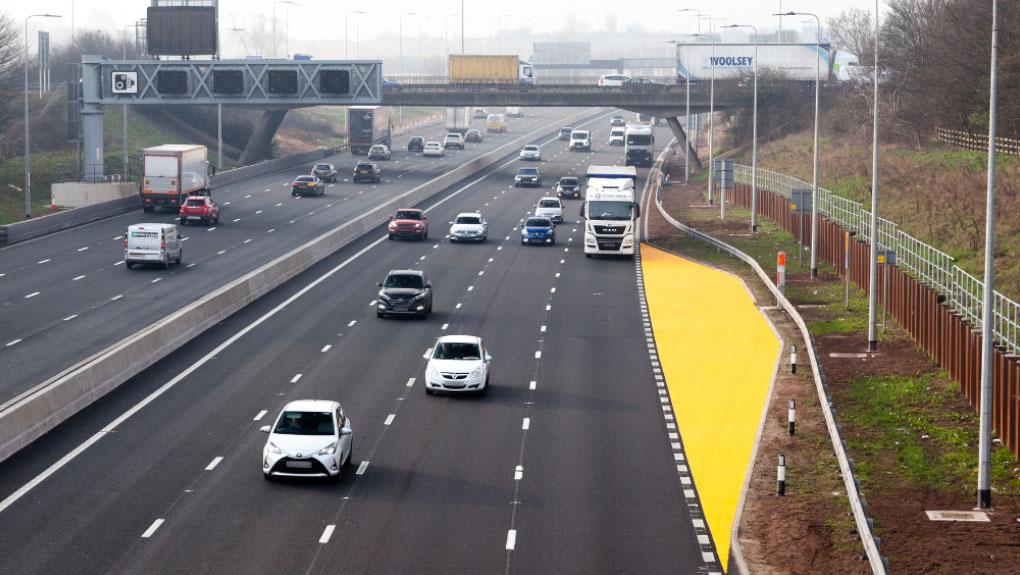
In this blog I’m going to focus on two areas; safety systems on smart motorways and the number of people killed or seriously injured on the strategic road network.
Safety systems on smart motorways
Following the Transport Select Committee’s 2021 inquiry into the roll-out and safety of smart motorways, the Department for Transport asked ORR to lead on assessing the effectiveness of safety systems in place on smart motorways, such as stopped vehicle detection (SVD).
Our safety report last year showed that National Highways had responded positively to concerns we raised that SVD was not meeting its performance requirements, and that targets for detection rates were now being met.
National Highways is currently building an additional 151 emergency areas on all lane running (ALR) sections of smart motorway – known as the National Emergency Area Retrofit (NEAR) programme.
As a consequence of this work National Highways has extensive roadworks in place that it has informed us inhibit the technology-based safety systems on these roads.
Therefore, National Highways has said it is necessary to temporarily switch off much of the stopped vehicle detection technology as well as other technologies that are normally in place to support free-flowing traffic and road user safety on all lane running smart motorways (those without a permanent hard shoulder). As a result, these roads do not operate as smart motorways while the roadworks are taking place.
We have discussed this with National Highways to ensure the mitigations in place to protect the safety of road users and workers while it completes this installation of emergency areas are adequate. Mitigations that National Highways has put in place include reduced speed limits, closing lane 1 (the ‘inside lane’) to provide a safer place to stop in an emergency, and free vehicle recovery.
What this also means is that there is less data that we can use at the moment to assess the performance and availability of safety systems on smart motorways.
This reduced data is likely to affect our ability to analyse smart motorway technology effectiveness in ORR’s safety report next February.
We are continuing to work with National Highways to develop alternative ways to assess the performance of safety systems on smart motorways, such as the company’s progress in upgrading other operational technology on smart motorways through its modernisation and refresh programme.
We will set out these findings in more detail, using the data that is available, and report the latest performance in our February 2025 report.
Killed or seriously injured casualties
National Highways has a target in RP2 to reduce the number of people killed or seriously injured (KSI) on the strategic road network (SRN) by 50% by the end of 2025, compared to a 2005-2009 average baseline.
New numbers from the Department for Transport show that 1,913 people were killed or seriously injured on the SRN in 2023. While this is 39% less than the baseline for its end of December 2025 target, National Highways still needs to reduce this by another 11 percentage points – or 356 KSI casualties – by the end of 2025.
Chart: Number of people killed or seriously injured on the strategic road network, 2005 to 2023.

There were 26 fewer KSI casualties on the SRN in 2023 compared to 2022, a decrease of 1.4%. This is against a backdrop of the rest of the roads in Great Britain showing little change in the total number of KSI casualties.
Over the same period, traffic on the SRN increased by 2.2%. As a result, the KSI casualty rate fell by 3.5%, from 20.7 to 20.0 KSI casualties per billion vehicle miles.
Excluding 2020 and 2021 (when fewer people were travelling because of COVID-19), this is the safest the SRN has ever been, with fewer serious collisions than ever before.
This is an improvement, however the latest figures nevertheless show that National Highways remains off-course to achieve its target of a 50% reduction in KSI casualties by the end of 2025.
We have previously reported that it appears National Highways is doing everything it can in the final year of the second road period (RP2) to try to meet the target. However, the latest road casualty data, now published by the Department for Transport, reinforces our assessment that it is improbable that the additional actions the company is taking will deliver a sufficient reduction in KSI casualties to achieve the end 2025 target.
We nevertheless continue to hold National Highways to account for delivering its plans to improve safety for road users and will provide a more detailed assessment in our next annual safety report that is due to be published in February 2025.


